This Saturday, I attended the Maryland Collegiate STEM Conference (MCSC) held in the Science, Engineering and Technology (SET) building of Howard Community College (HCC) in Columbia, Maryland. This conference hosted more than 300 participants in a full day of STEM-related professional activities for community colleges’ students, faculty and staff.
Want to know everything about the conference? Should have attended! lol jk. Click here to see complete details of the conference program.
It all began with a hearty breakfast. Lots of fruit, muffins, danishes, and drinks. See above. This was immediately followed by a formal opening of the 4th Conference by Maryland Lt. Governor Boyd Rutherford. An inspiring speech/presentation by the keynote speaker, Dr. Padmanabhan “Padhu” Seshaiyer of George Mason University took the audience’s breath away.
Conference attendees then sauntered off to professional development sessions for students and faculty/staff in STEM areas. We also checked out students’ research poster sessions. Lunch was provided as well.
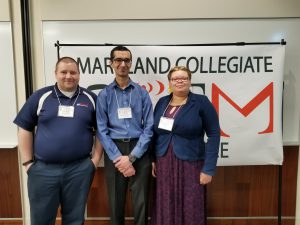
John, I, and Delois hung out together at the conference
I was able to find three other CCBC students who made it to the conference. Delois and John are with me in this picture. Another student, Sam, also joined us later.
Moreover, I found five other CCBC faculty members attending the conference: Prof. Kristin Duckworth, Dr. Pankaj R. Dwarka, Dr. Robert Koca, Prof. Jignasa Rami (all from Department of Mathematics) and Prof. Fred Bartlett Jr. (coordinator for Catonsville Computer Science program). There were several others attending from Biology and Physics department at different CCBC campuses. For example, Prof. Sylvia Sorkin and Prof. Barbara Yancy hosted Following Up STEM Scholarship Awardees to Degree Attainment in the afternoon student and faculty centered session.
So how did I feel about the event? What did I do?
Well, for one, it was free to attend. Courtesy of CCBC: I am an MCIS scholar like my fellow MCIS/Constellation student attendees and the college took care of the conference costs for us. As a result, we began our conference day by reveling in the inspiring morning keynote speech of Dr. Padhu, who stressed the need to be more engaging with students inside the classroom.
Now, remember, this was a conference. So Dr. Padhu’s speech was for everyone: students and faculty. I liked how he brought up three competencies that needed to be worked on. He stressed the use of higher-level critical thinking strategies and self-monitoring problem-solving skills to create innovative solutions. He also explained the processes of active learning, experiential learning, project-based learning, and learning by doing.
After this speech, we headed off to the student sessions. I had several choices. I could have gone to The Impact of Experiential Learning Programs on Student’s Success or Out of the Cave, into the Darkness or Presenting “AR Lab,” Labs at your Fingertips by SMARCAR Solutions. But I chose to go to Internship – Your gateway to a Successful Transfer and Career. There, four students from Baltimore City Community College (BCCC)’s Biotech program spoke about how their internships enabled them to transition into the next step in their further studies or careers. The panel members engaged in an interactive discussion with the audience where attendees got tips on partaking in successful internships in their discipline.
Then we joined the Student Session # 2.
We listened to CCBC’s Mathematics professor, Dr. Robert Koca, make mathematics more fun for everyone. I work in the Math department and know Dr. Koca as one of the most engaging faculty who loves demonstrating to his students many math tricks and tips.
He explained about examples of counting problems, recursive algorithms, logic, and number theory arising in the games of backgammon, SET, calcudoku, and Nim.
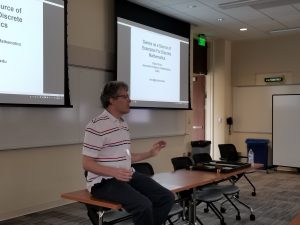
Dr. Koca hosting session, “Games as a Source of Example for Discrete Mathematics”
Then we ate lunch! Hungry minds need to fill up hungry stomachs too!
I had to leave early to go to another event where I was invited. But I did check out a few student posters, including one in which a student from HCC spoke about how materials can give a violin its tone:
- How Do Material Properties Affect the Tone Quality of a Violin?
There were so many things to do at the conference and so little time. I wish I could have stayed for the stargazing activities scheduled in late afternoon! That was done at the HCC Observatory on the 5th floor of the SET building. The observatory features six 8” telescopes and a special solar filter was used to allow safe viewing of our nearest star, a heated floor to prevent icing, red lighting to preserve night vision, and a control room.
The second part of the day was also dedicated for faculty and staff. Idk how that went since I left early.
All in all, the conference was a good way to connect with community college students and staff from around the state. Four-year institutions were also present to showcase their programs and offerings.
So think about it for a second: you are a student. You get to go to a conference for free. You eat a nice continental breakfast and a hearty lunch. You listen to renowned presenters from several different fields and backgrounds. You confer with other college students and share your STEM experience with each other.
Sounds wholly fulfilling, doesn’t it? If you are thinking about diving into any one of the many STEM fields, this conference was tailor-made for you.
One of the best things about the conference? I got this nice certificate:
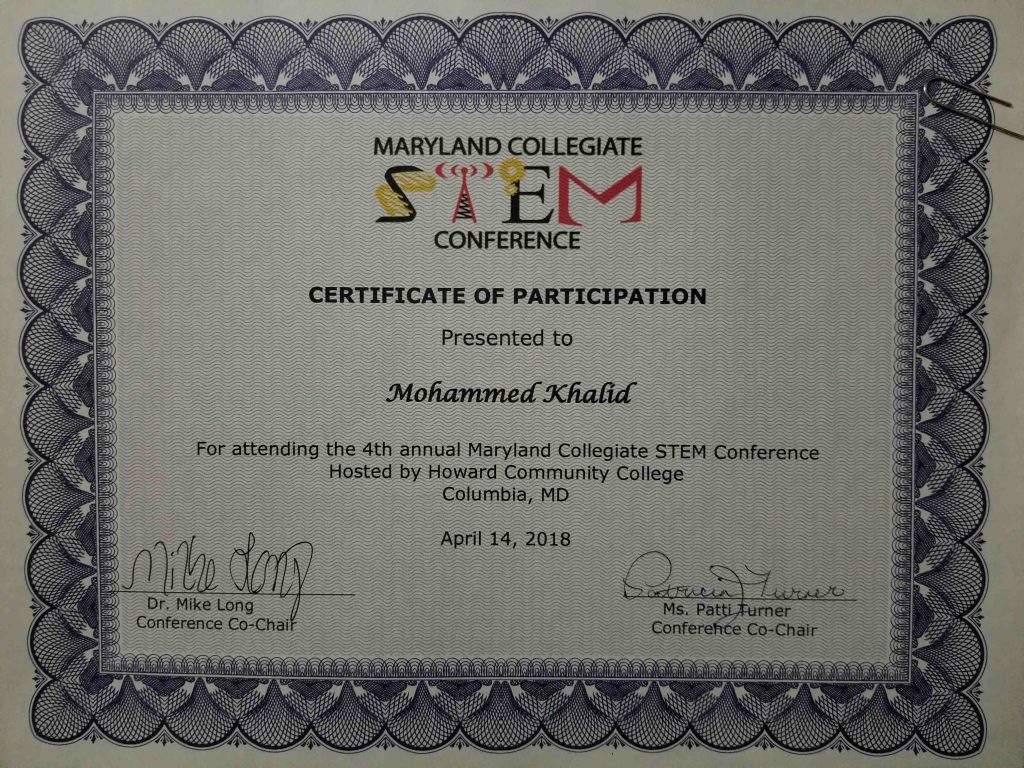

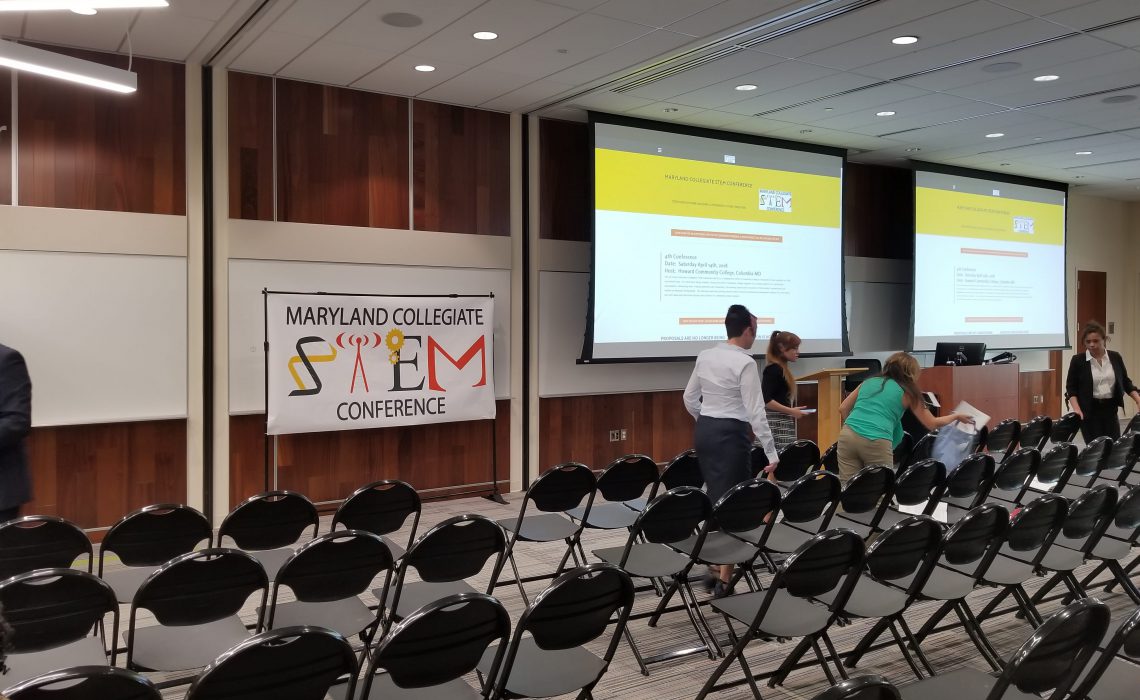
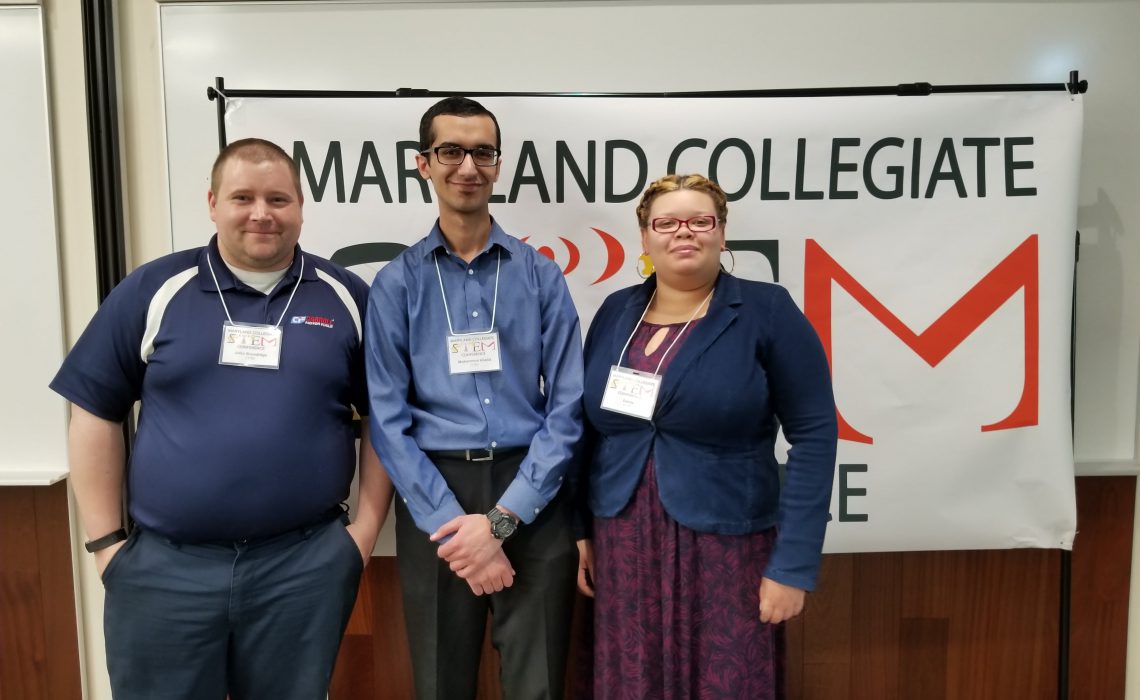
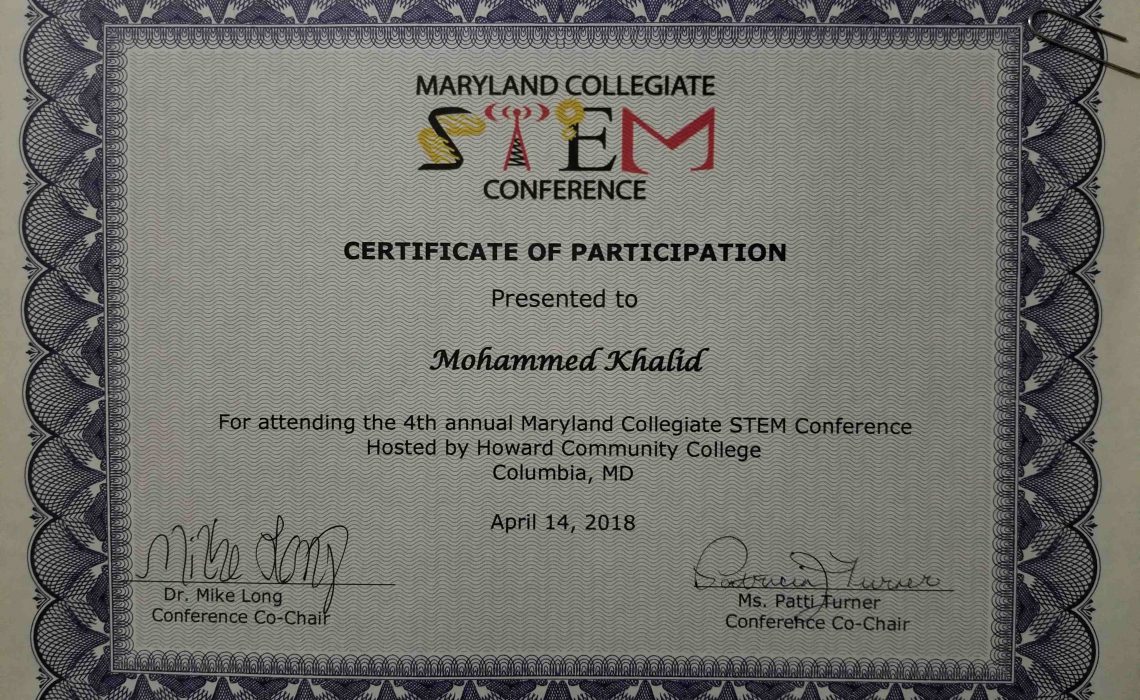
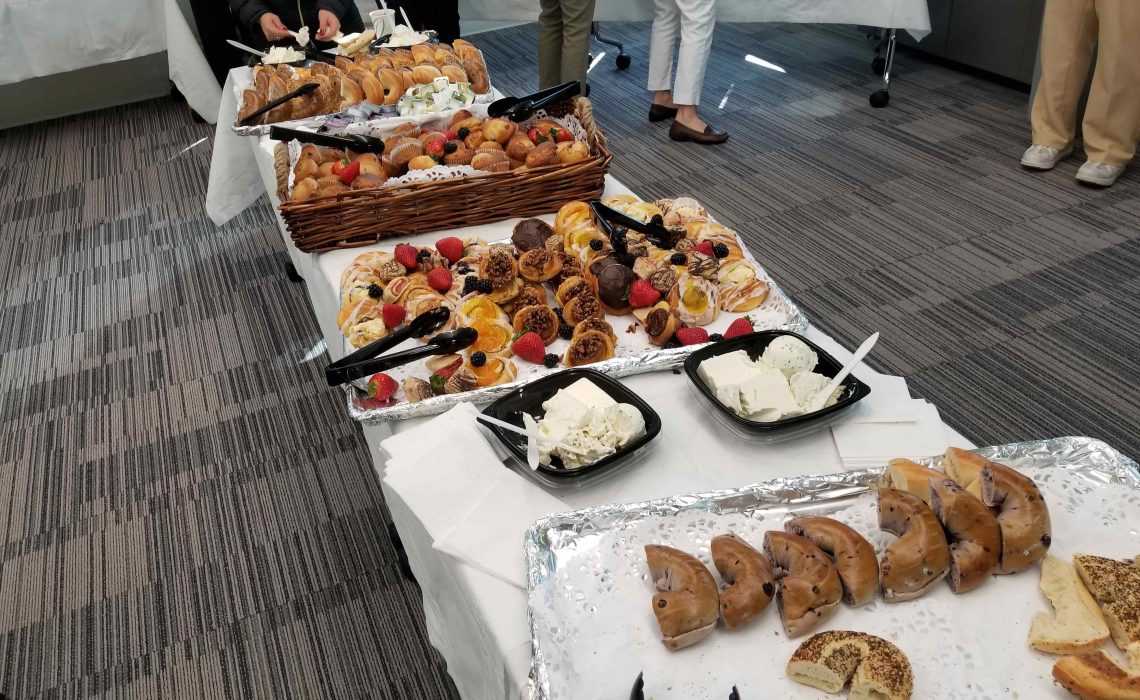
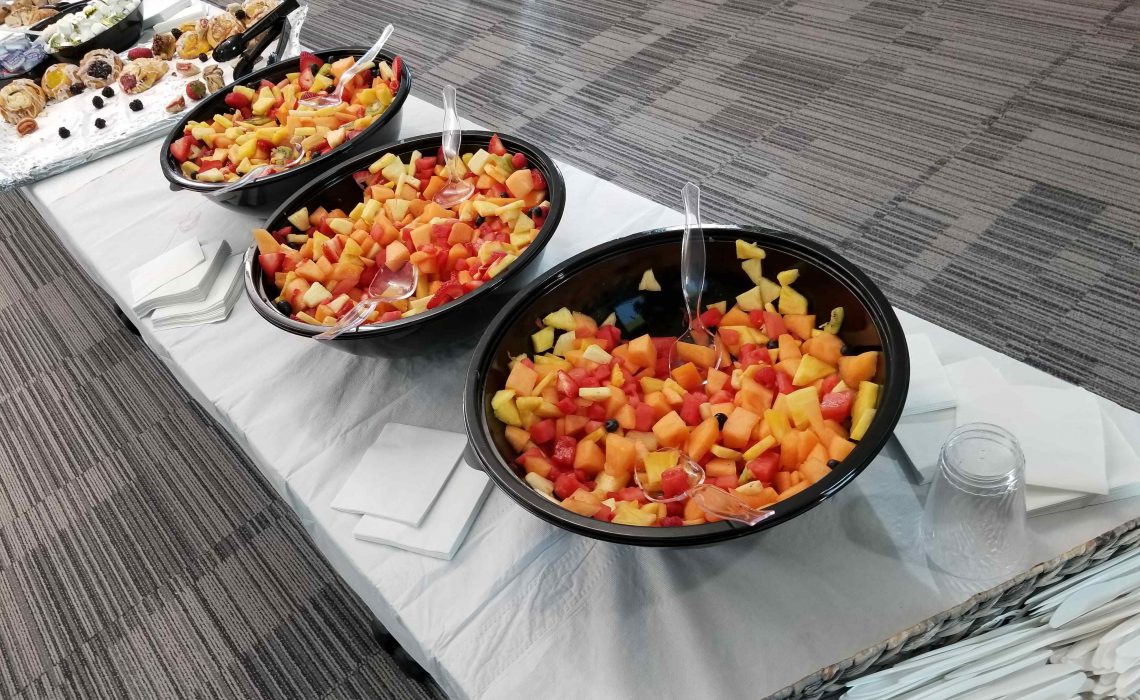
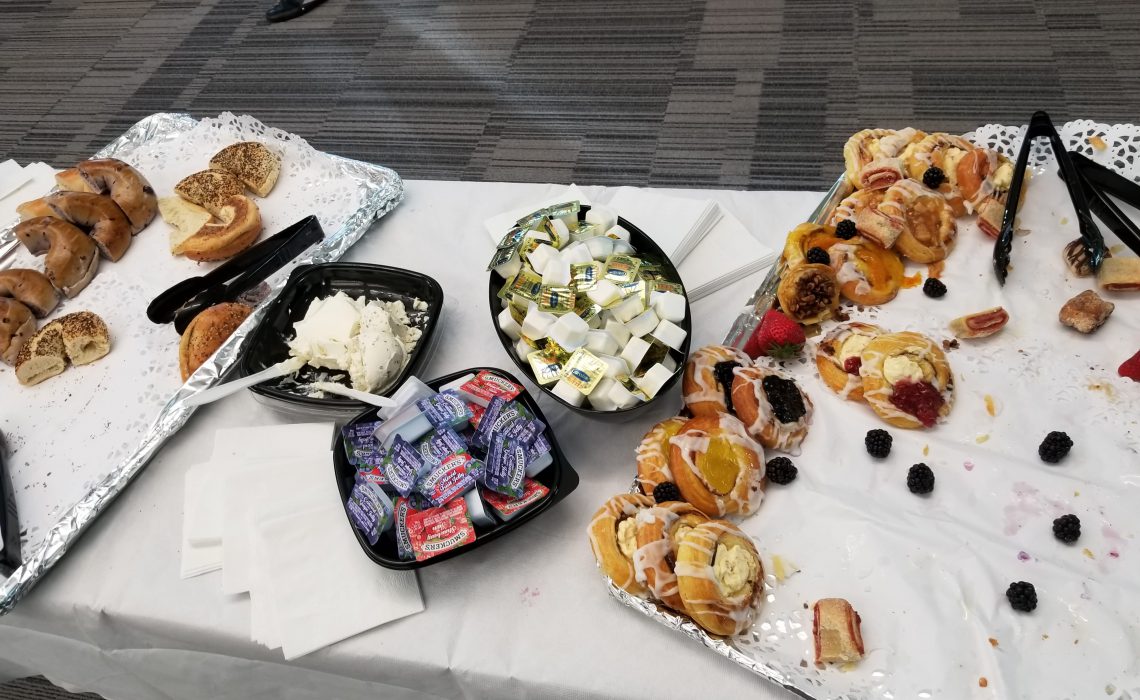
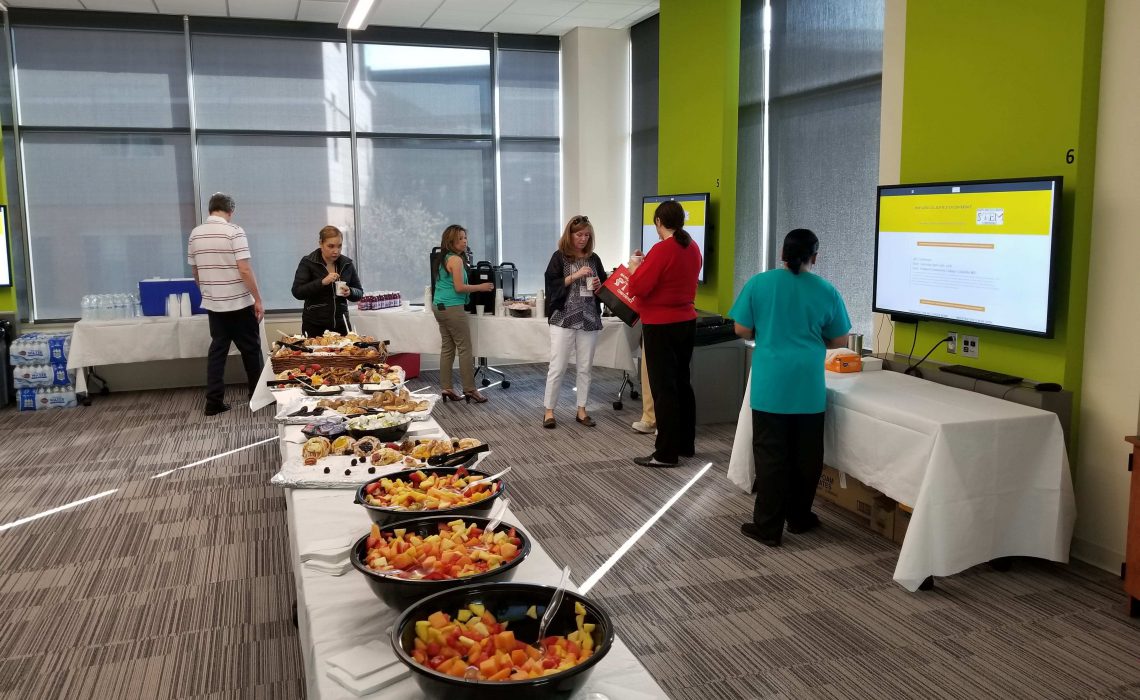
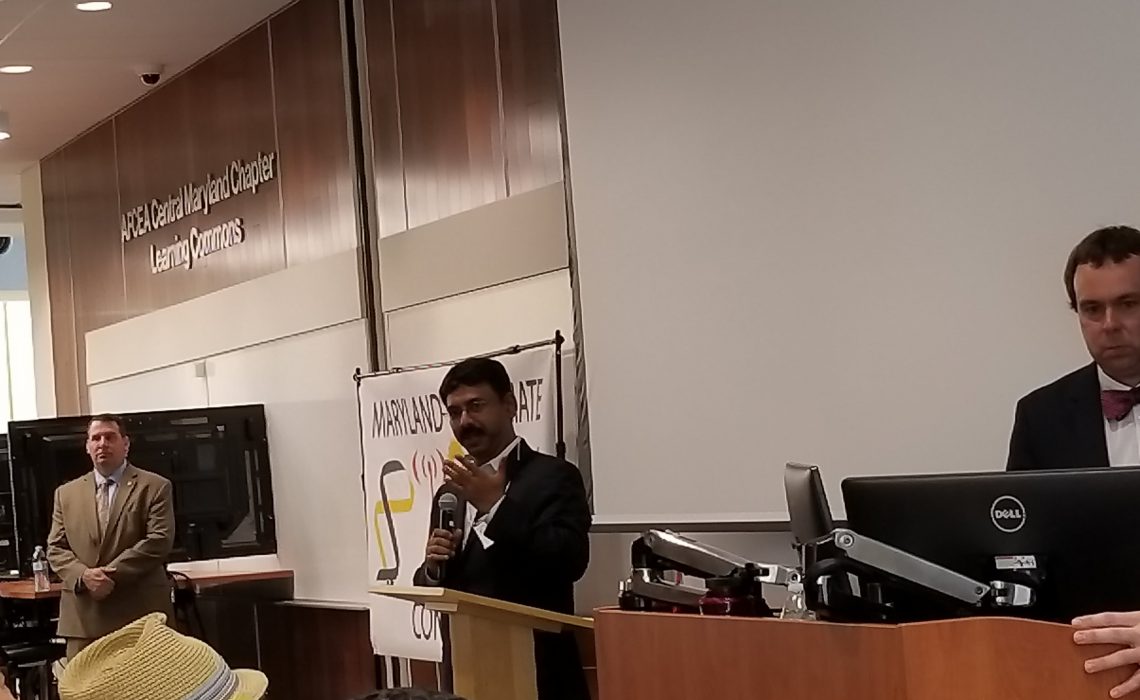
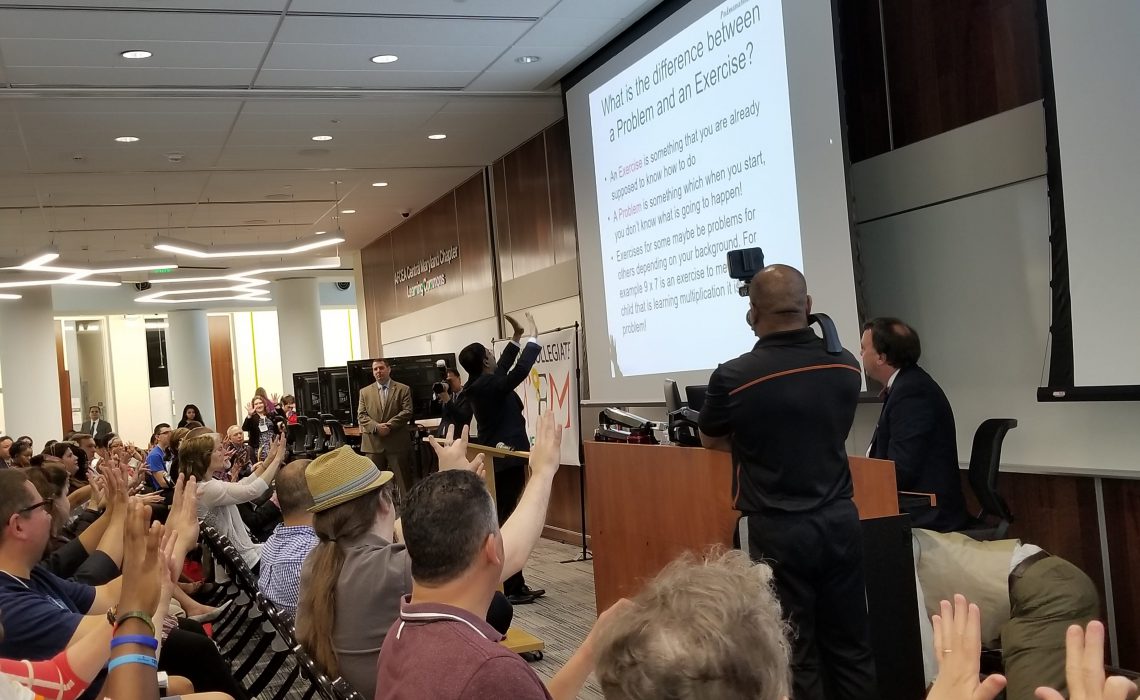
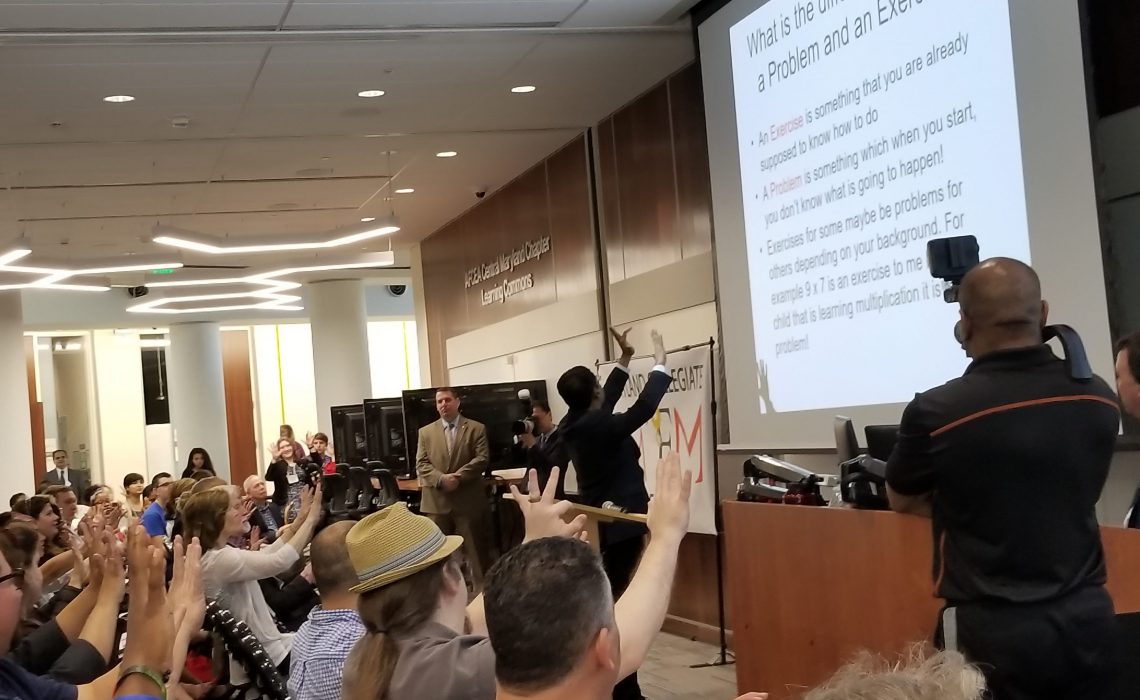
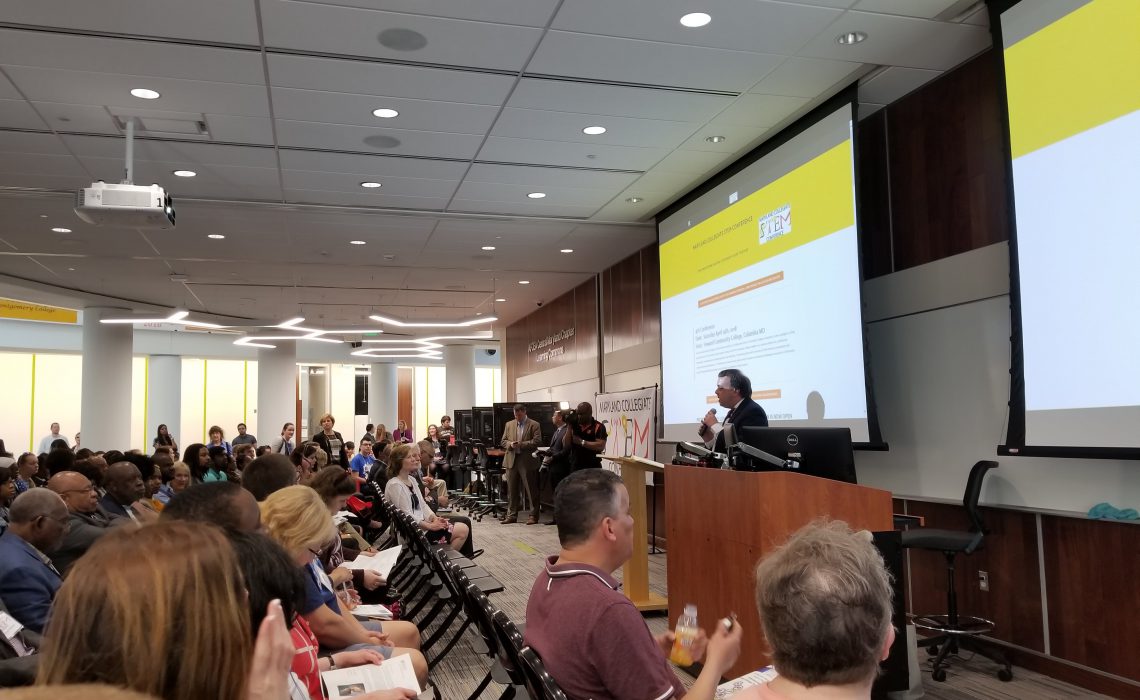
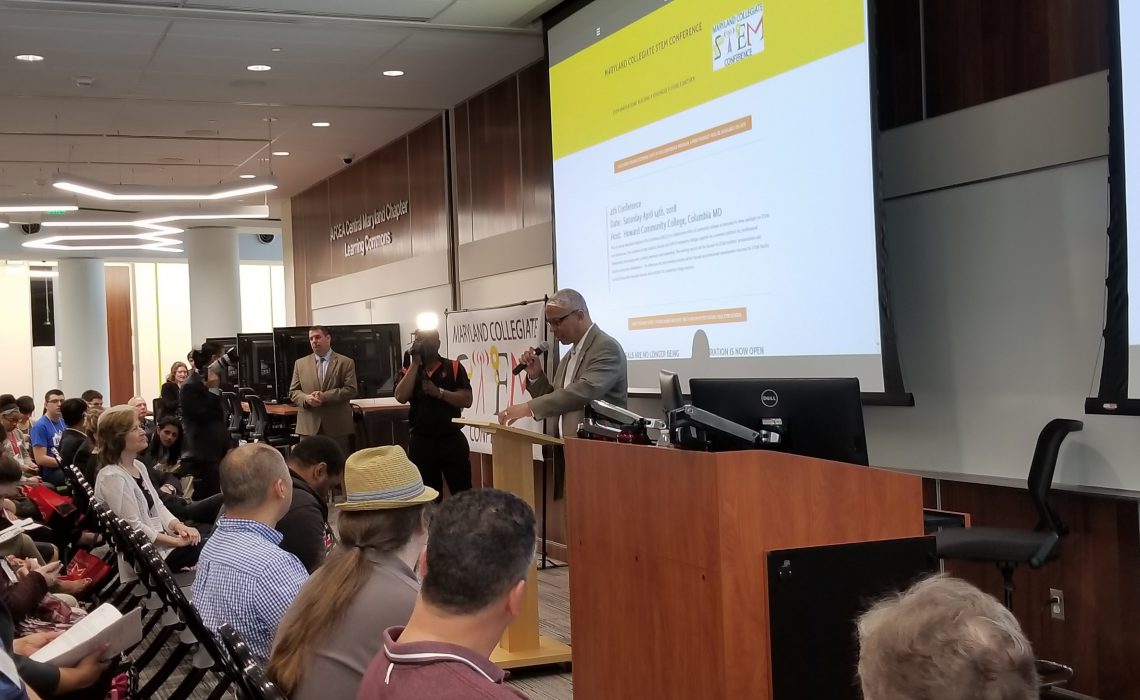
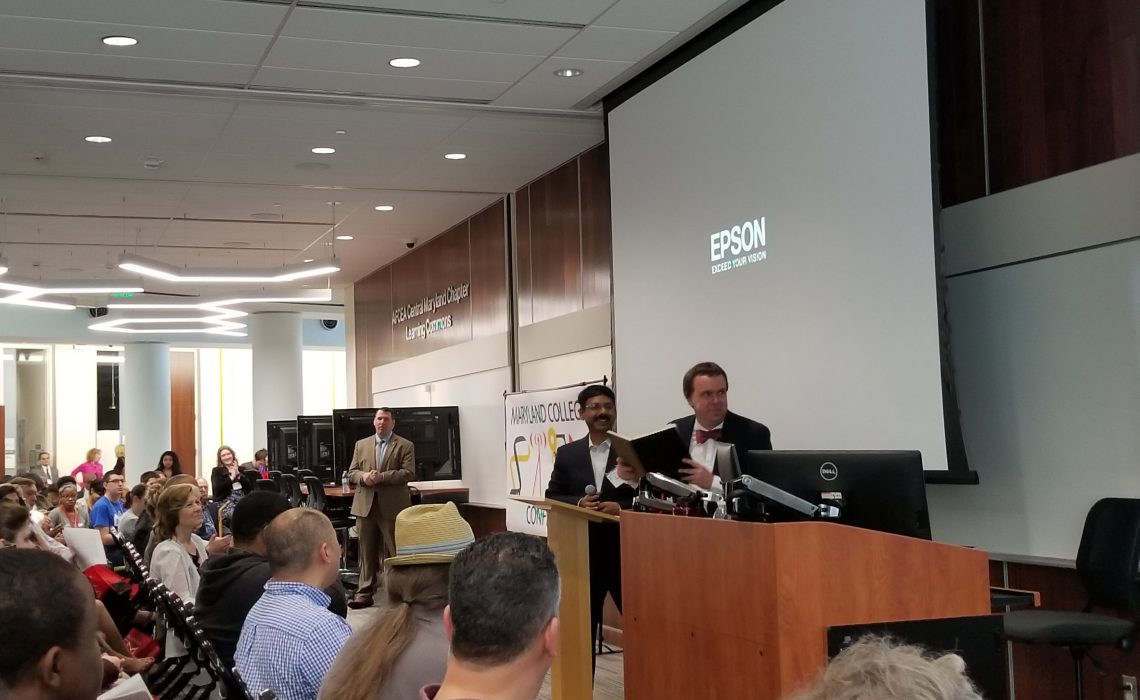
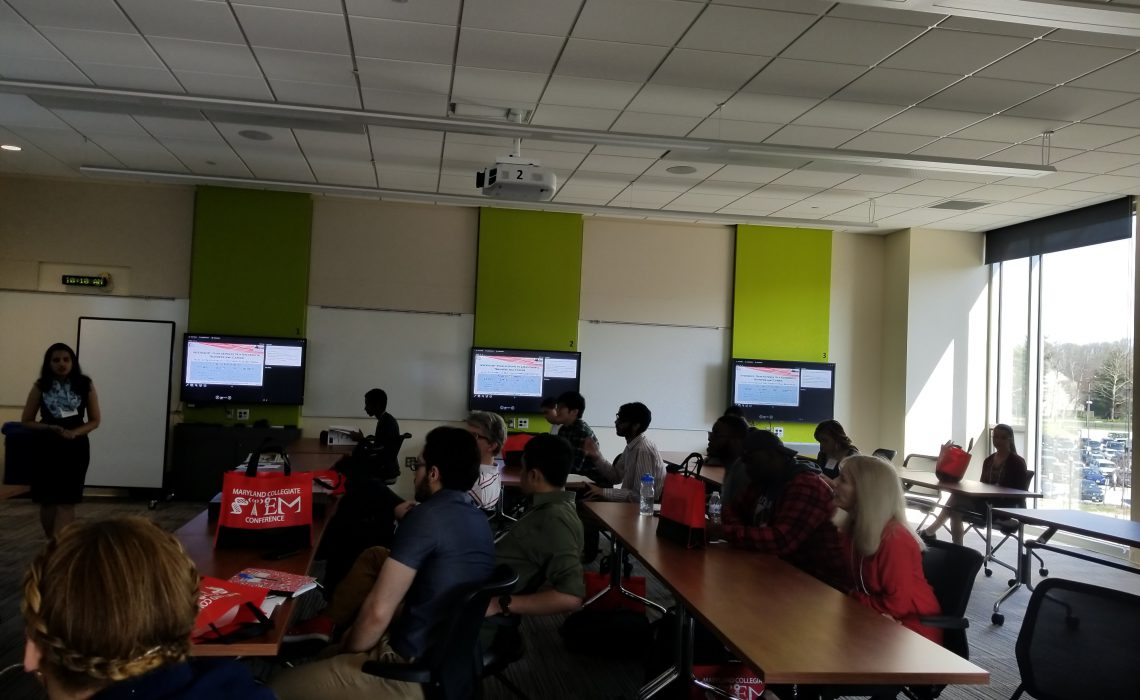
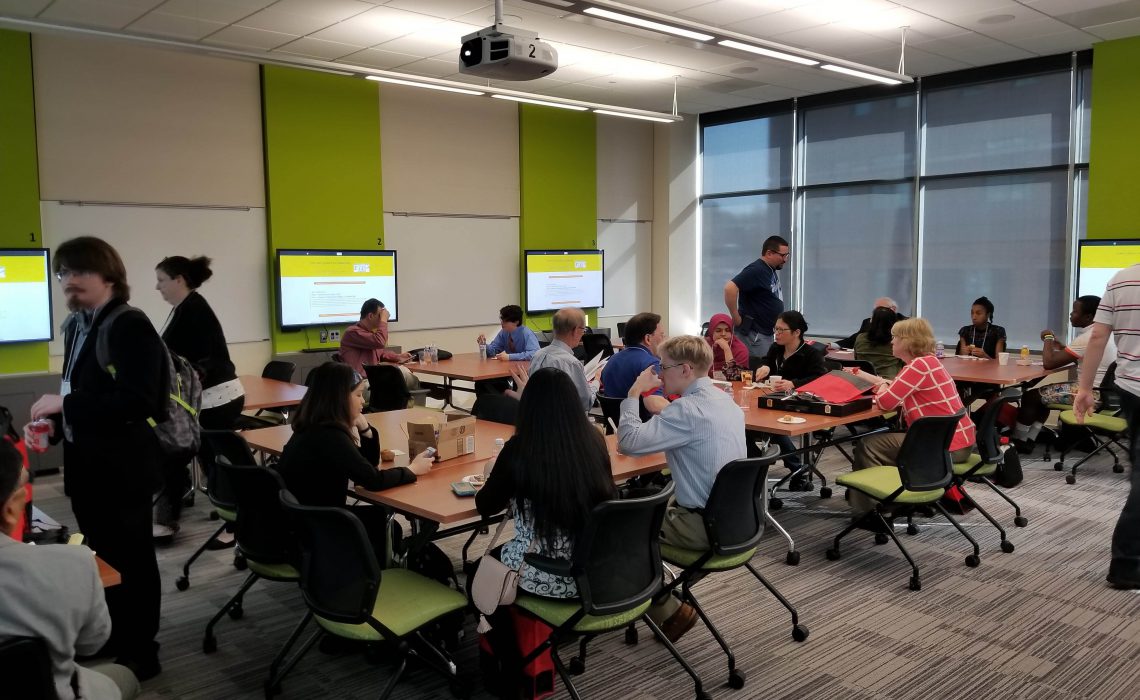
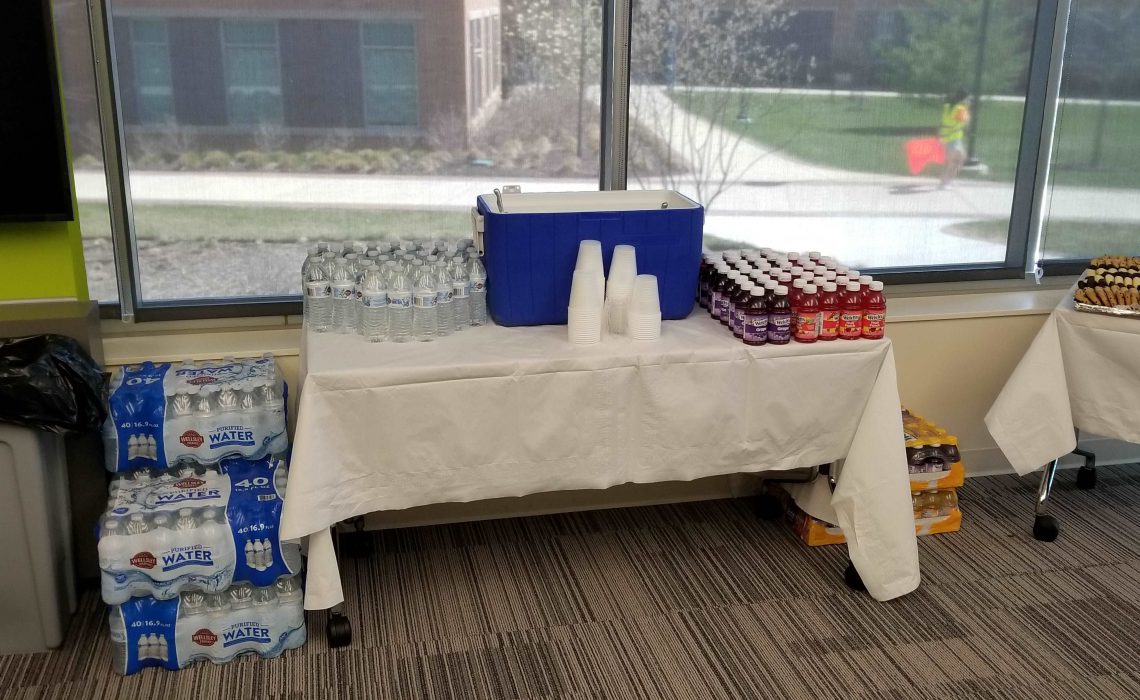
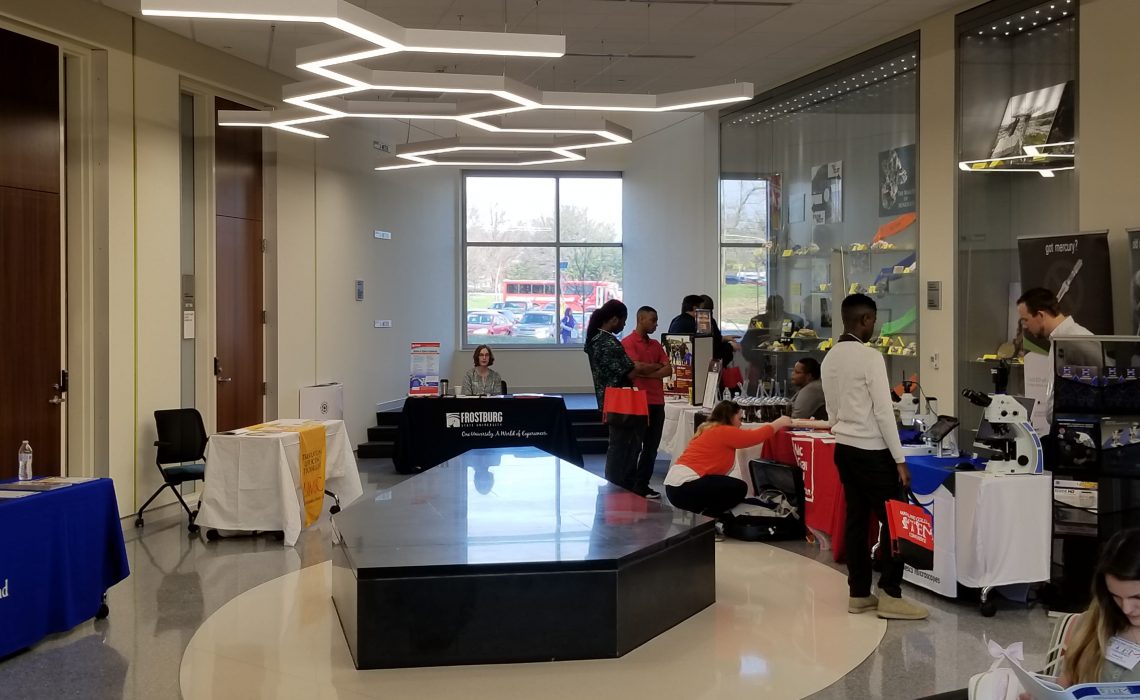
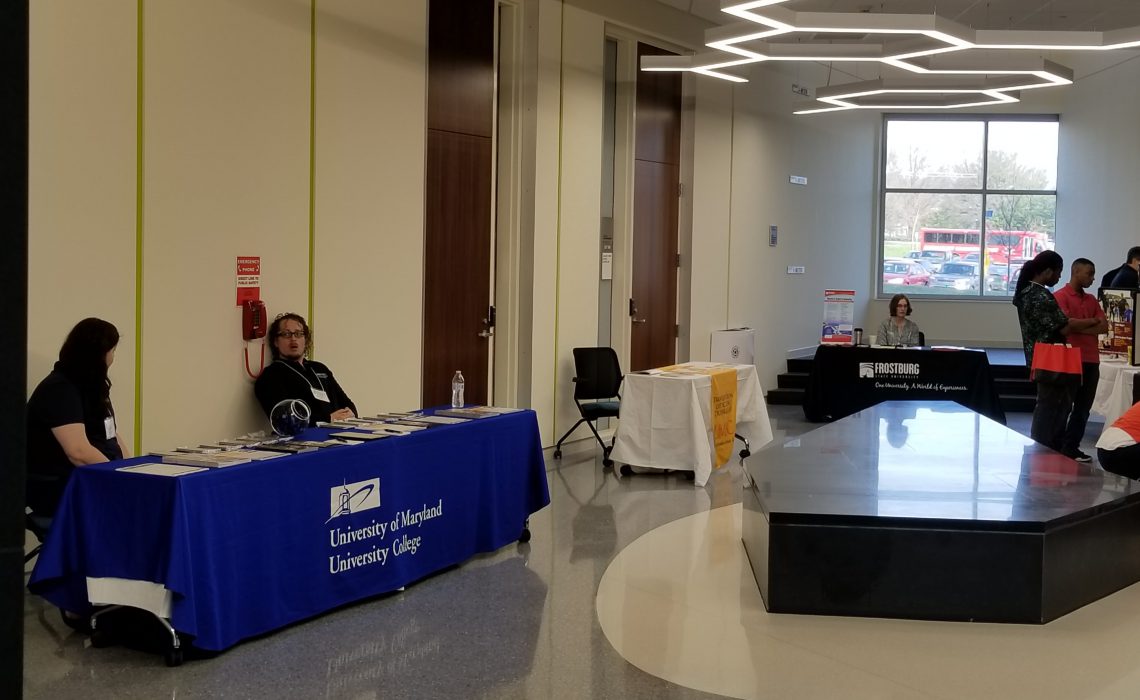
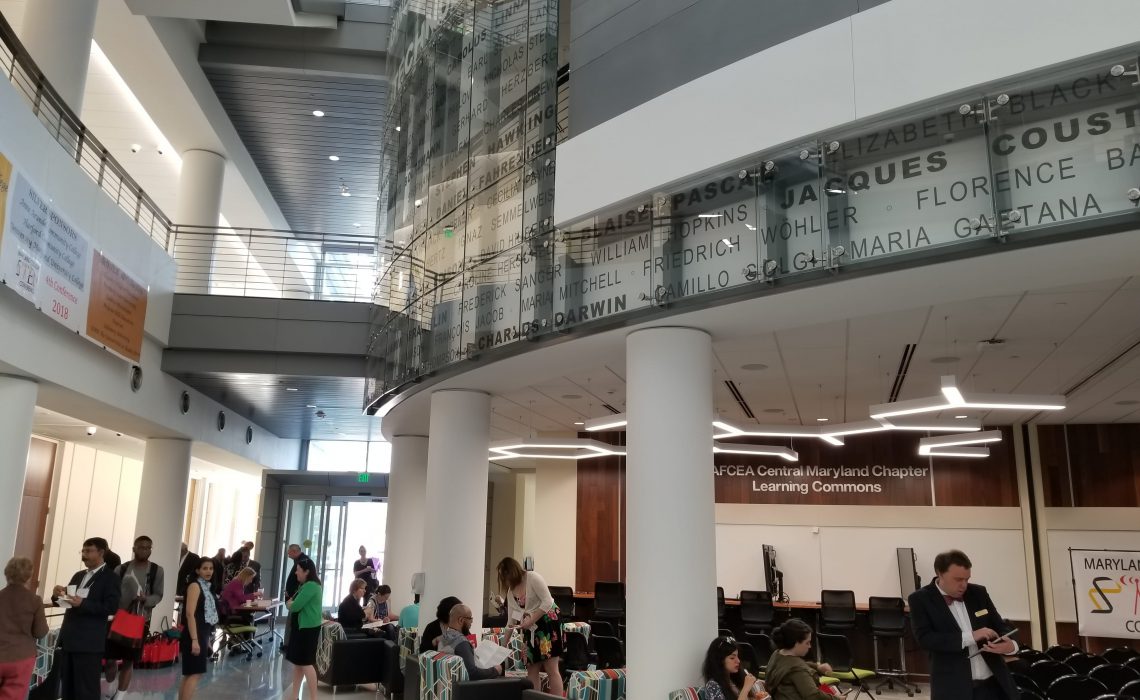
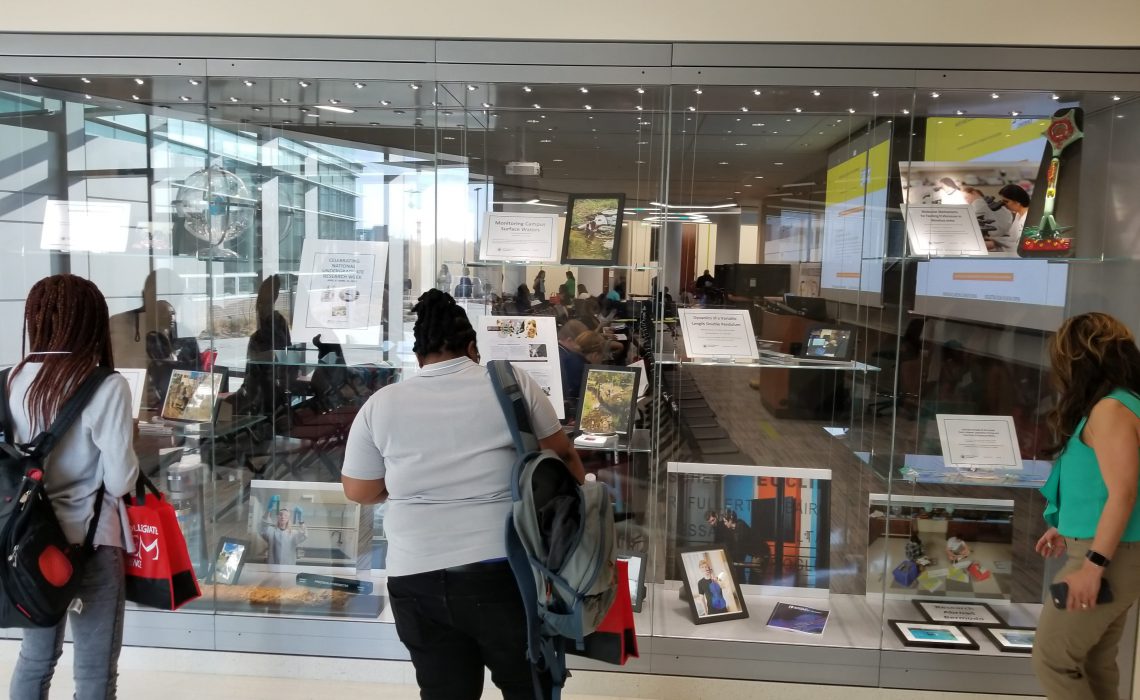
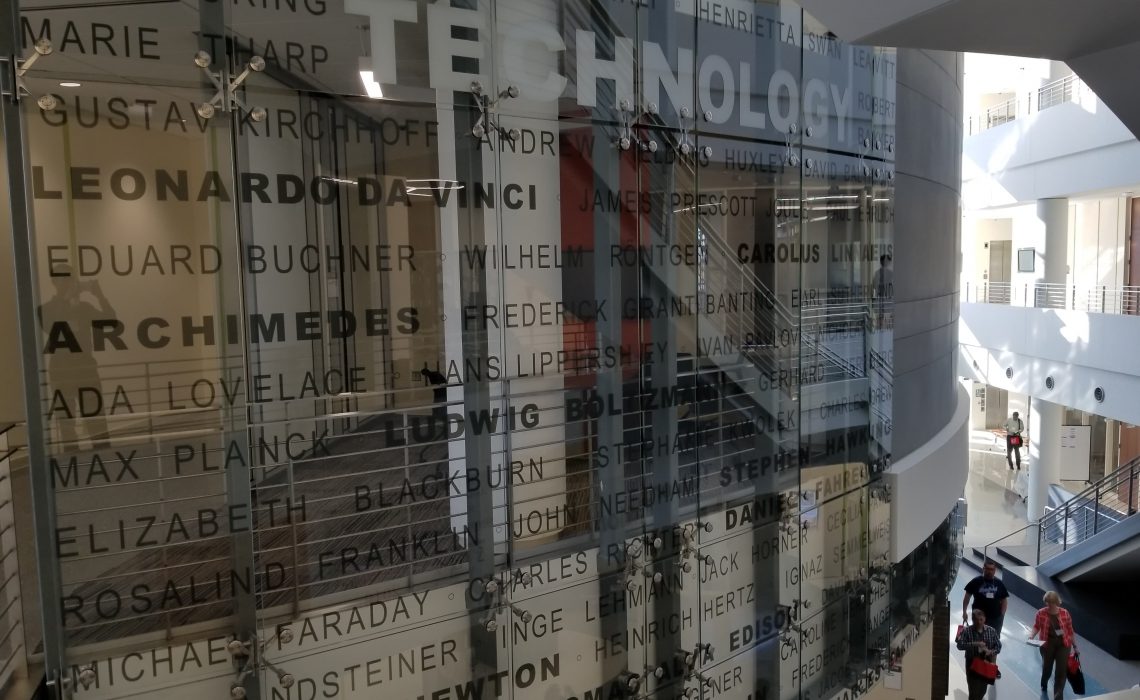
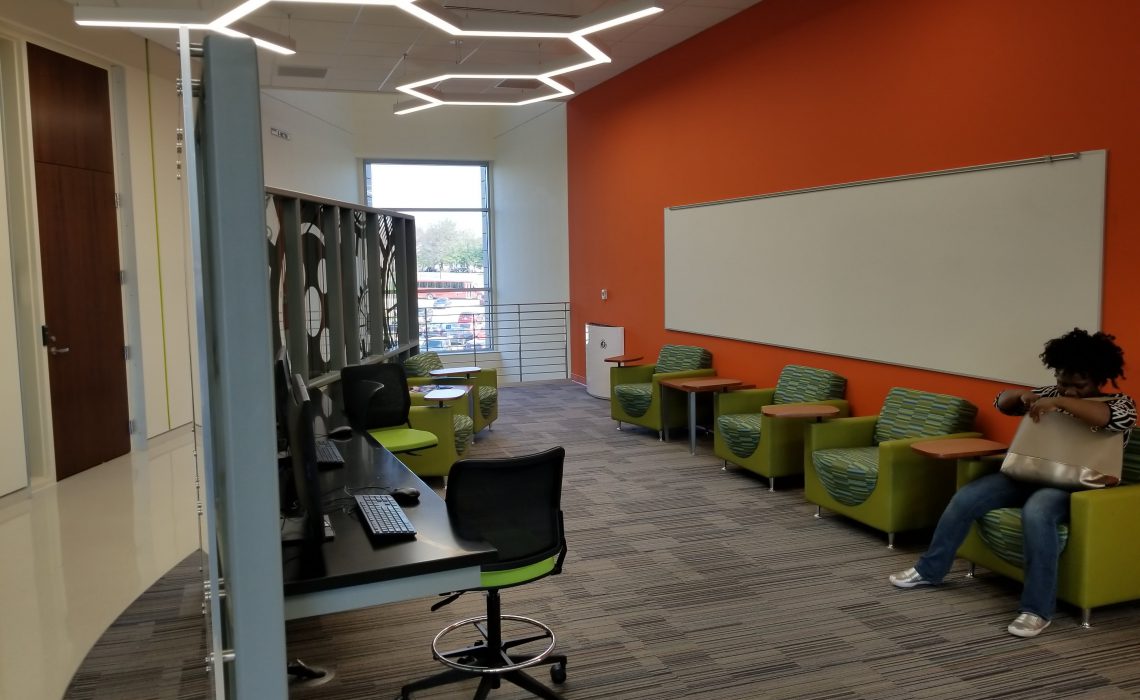
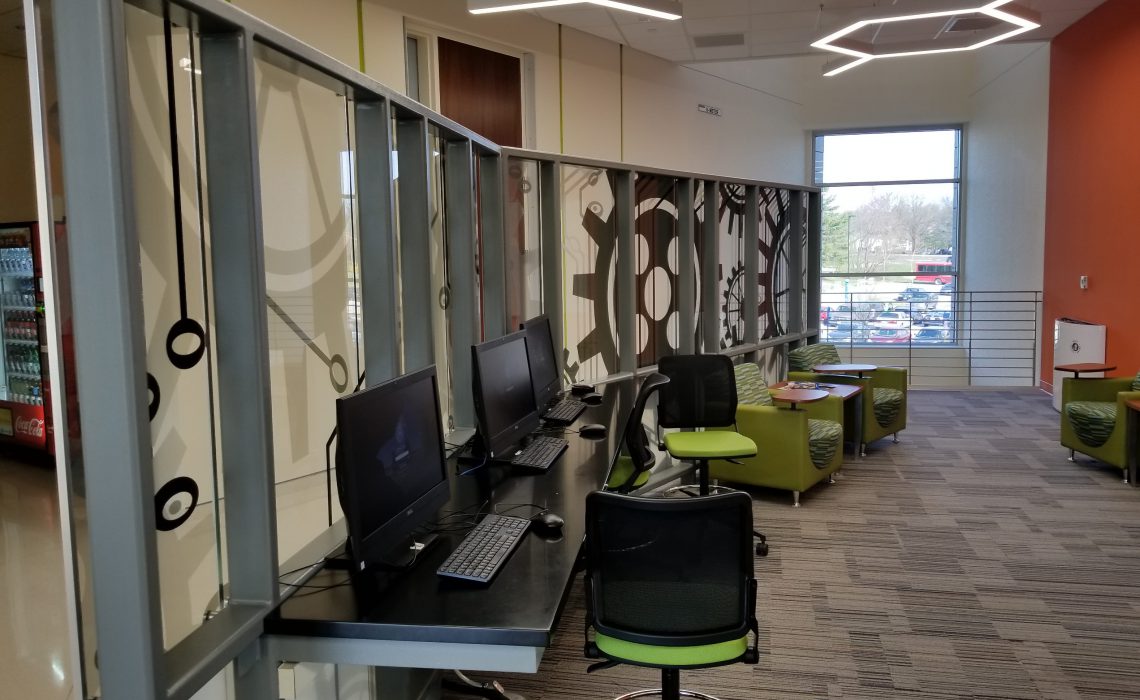
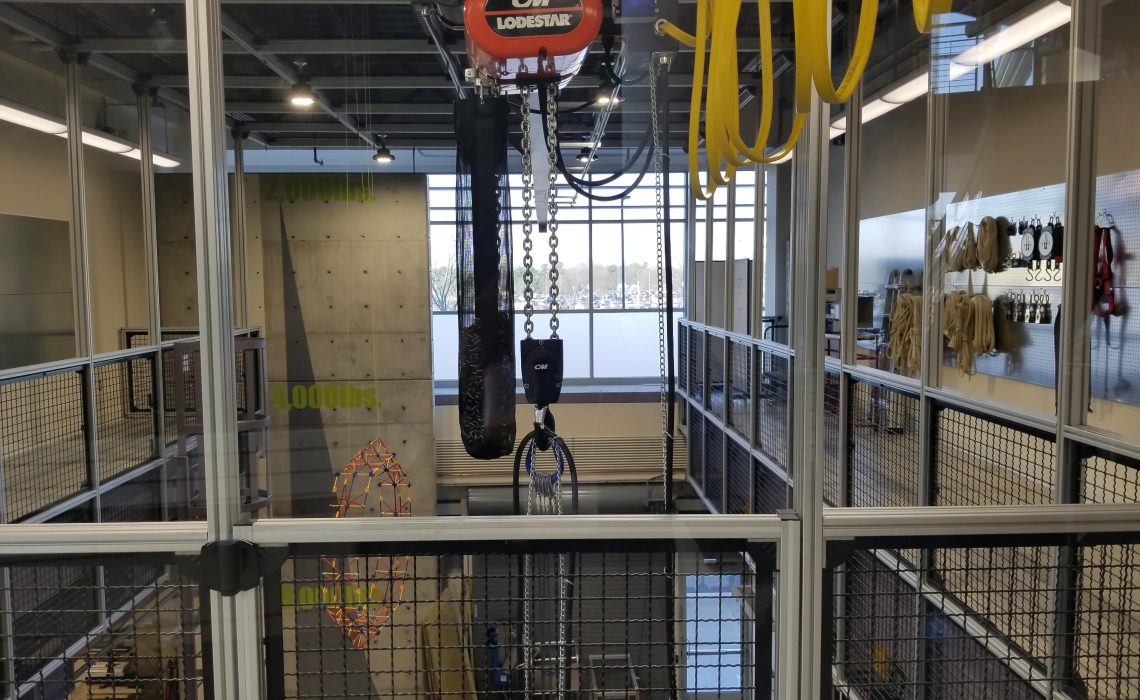
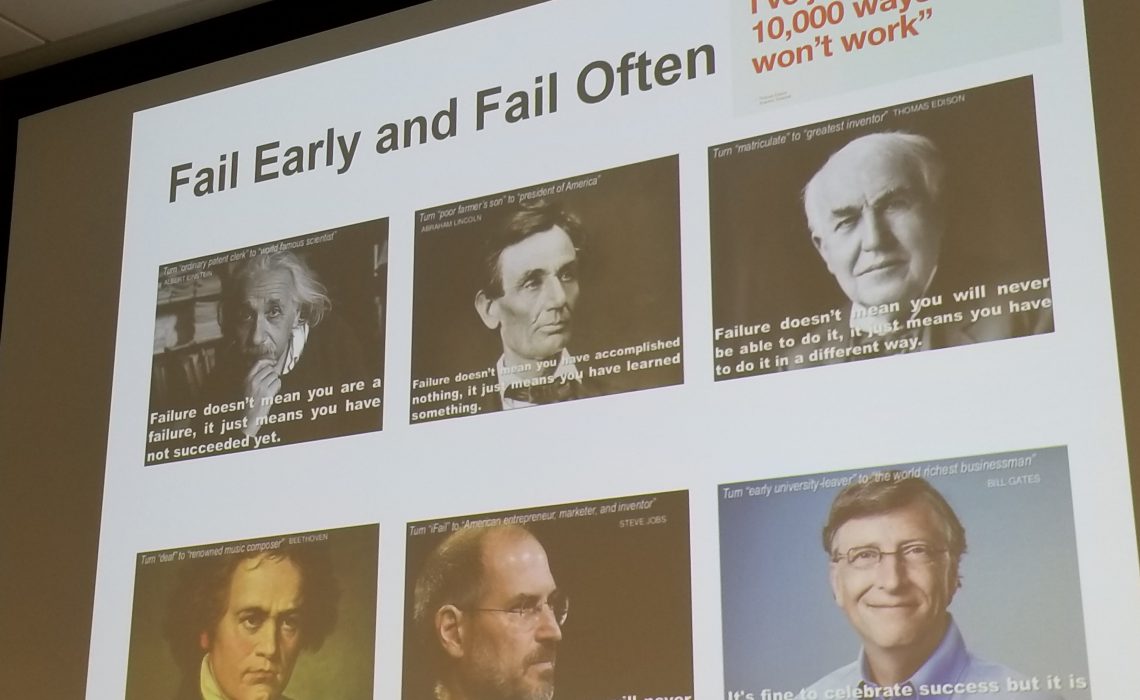
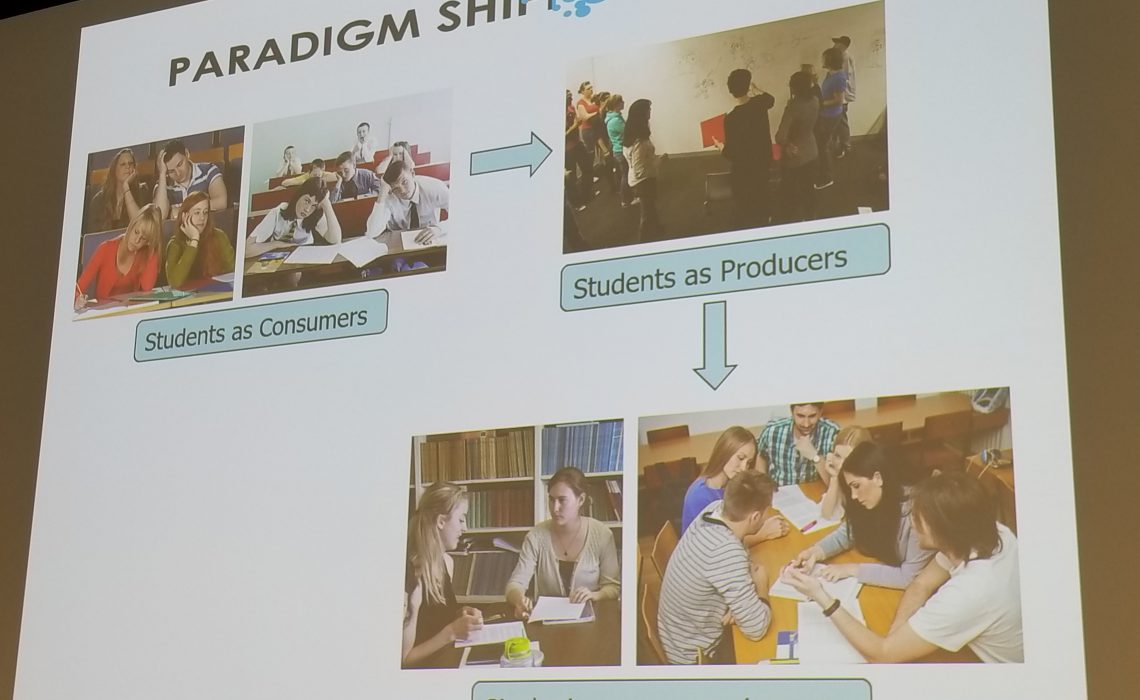
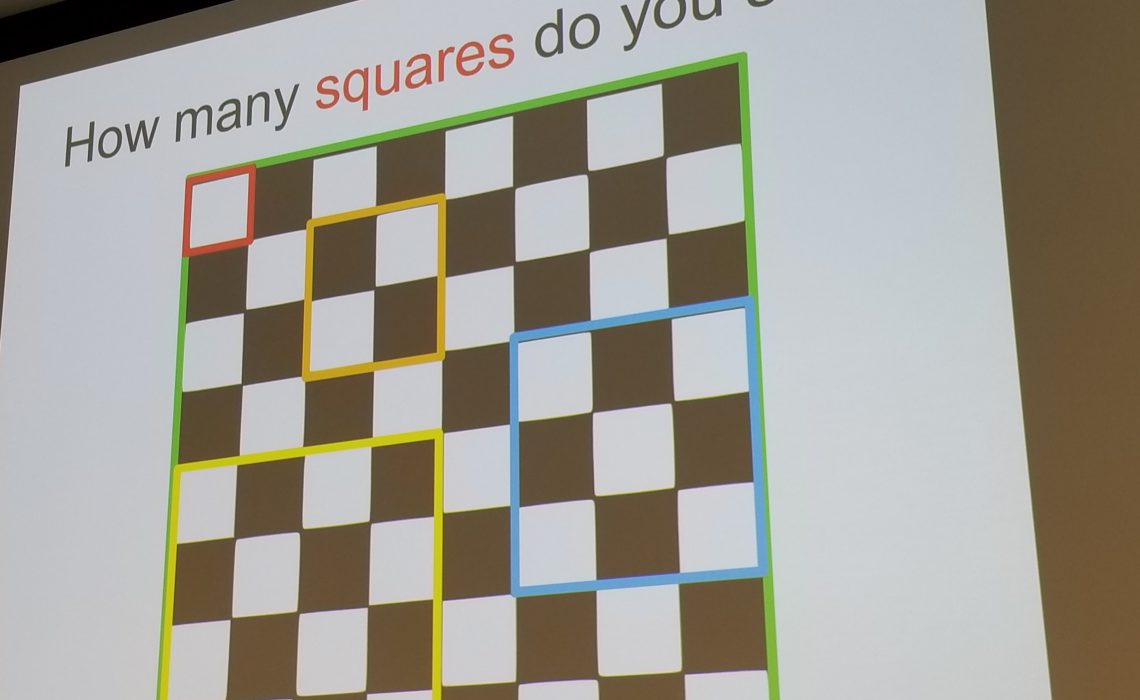
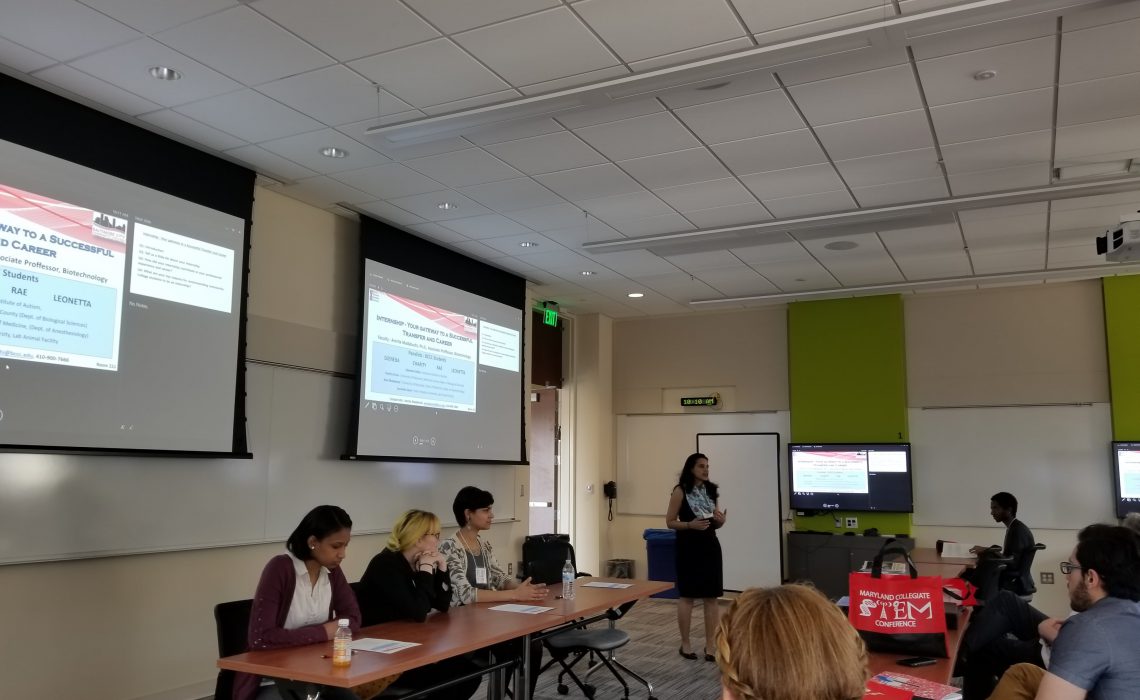
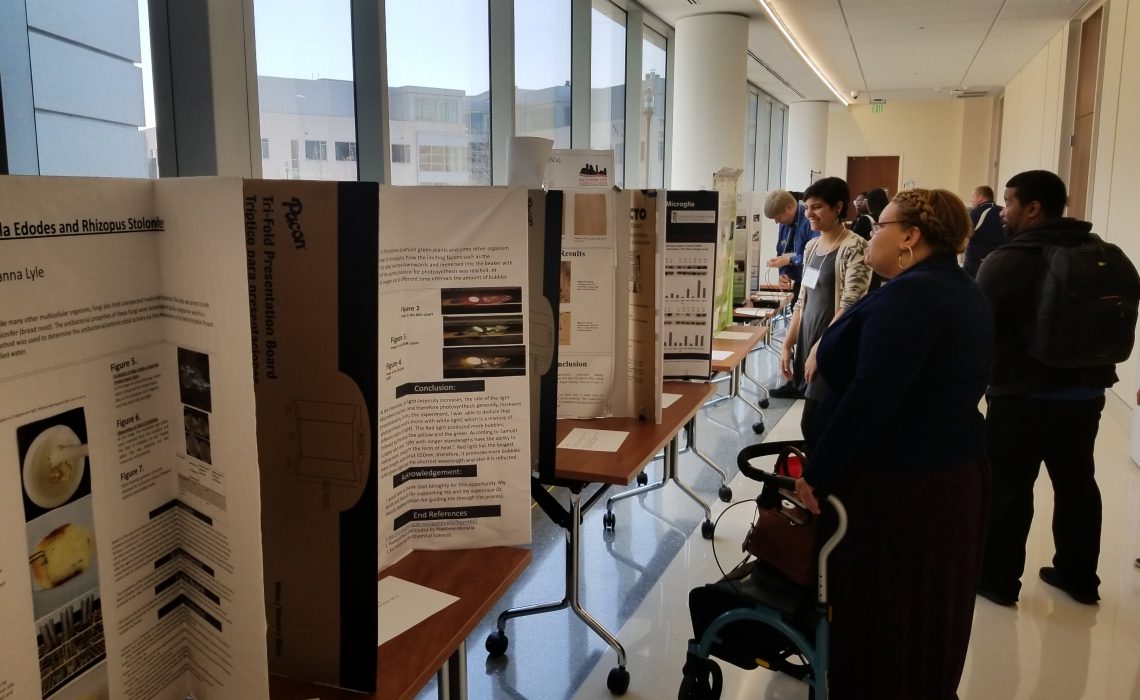
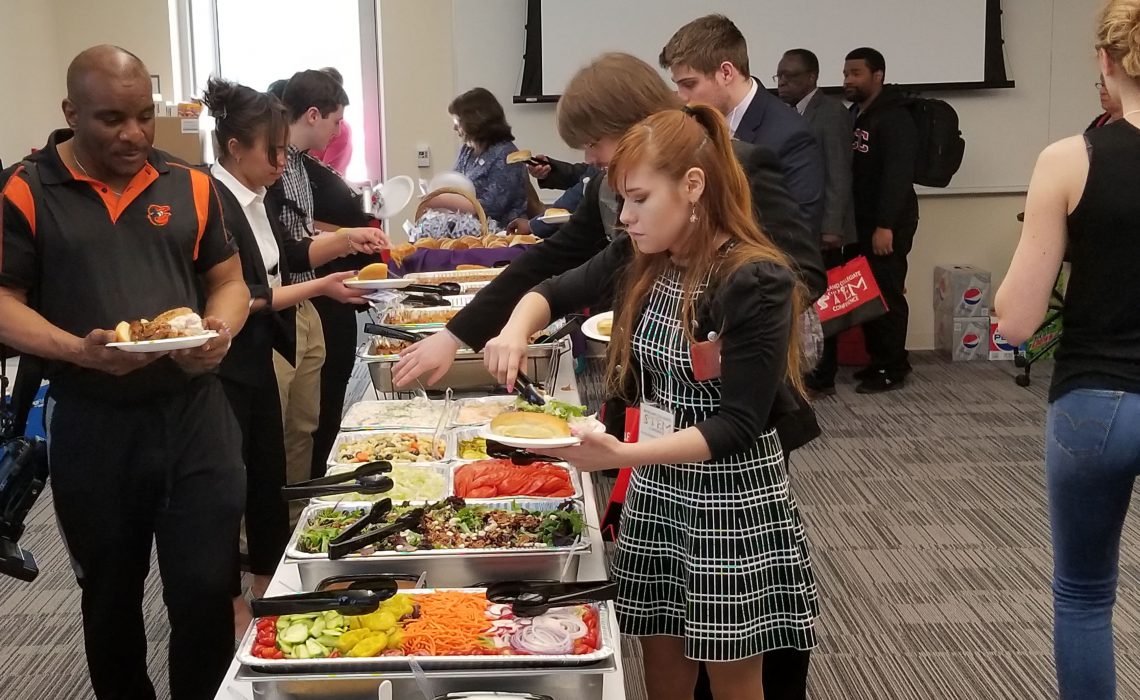
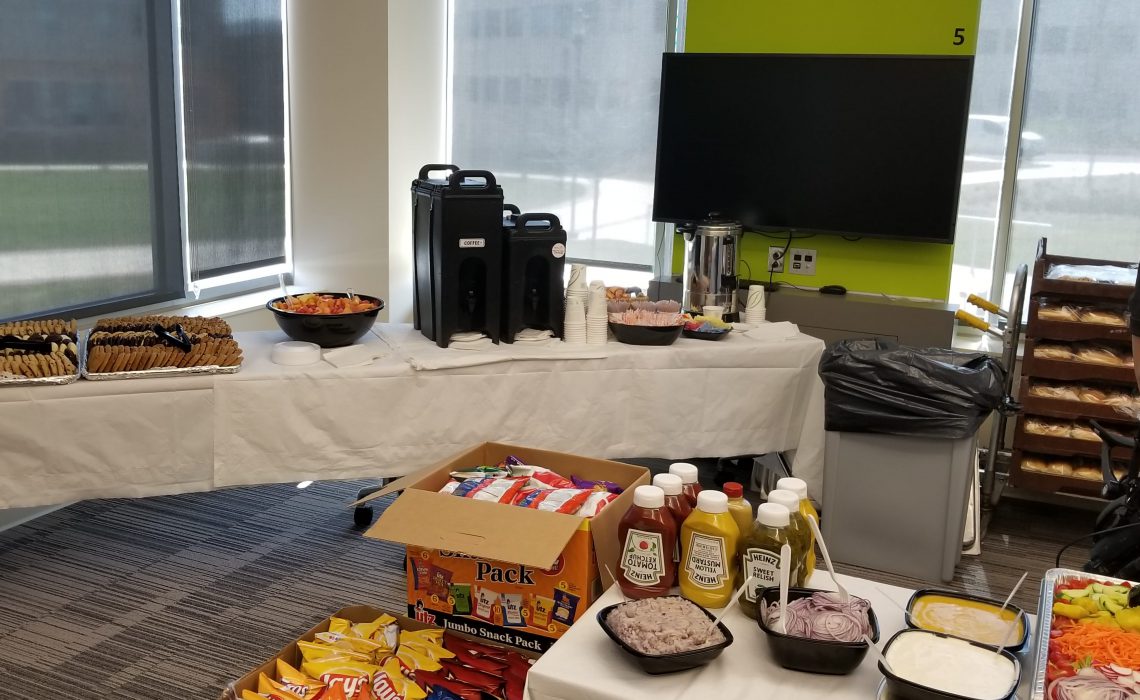
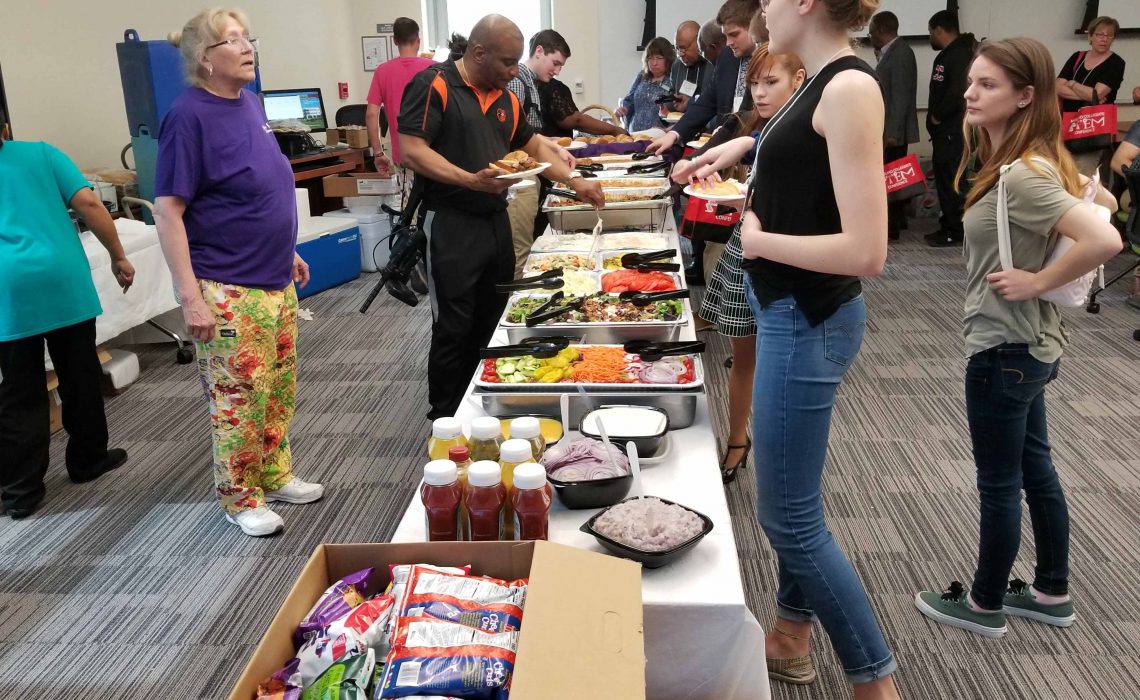
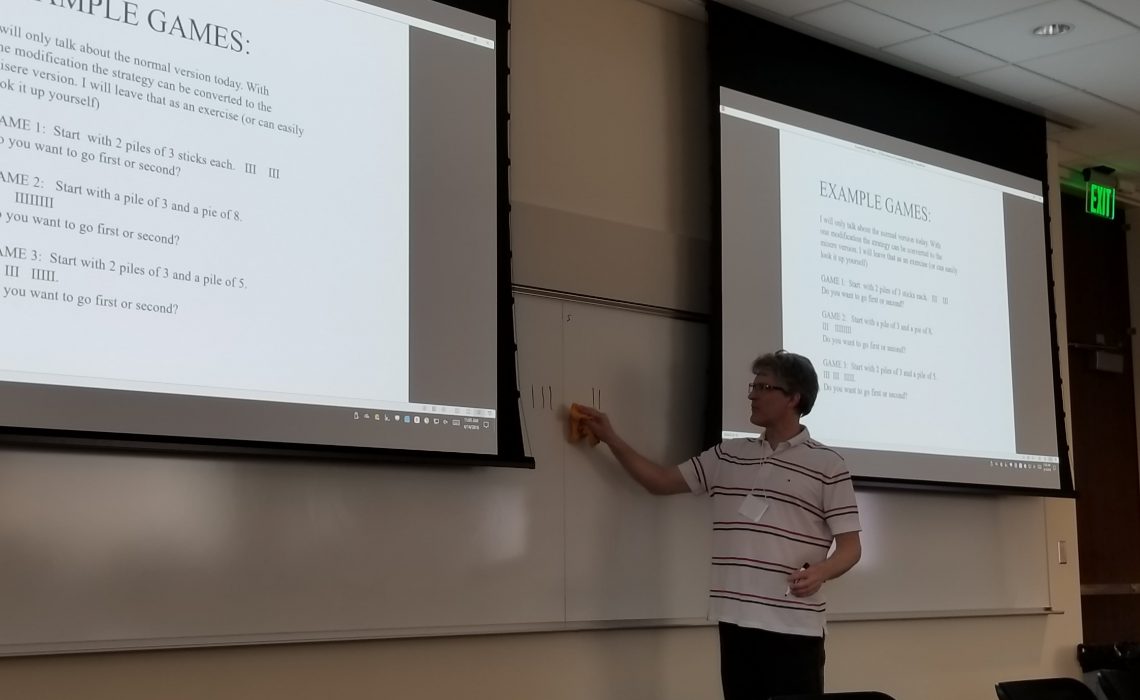
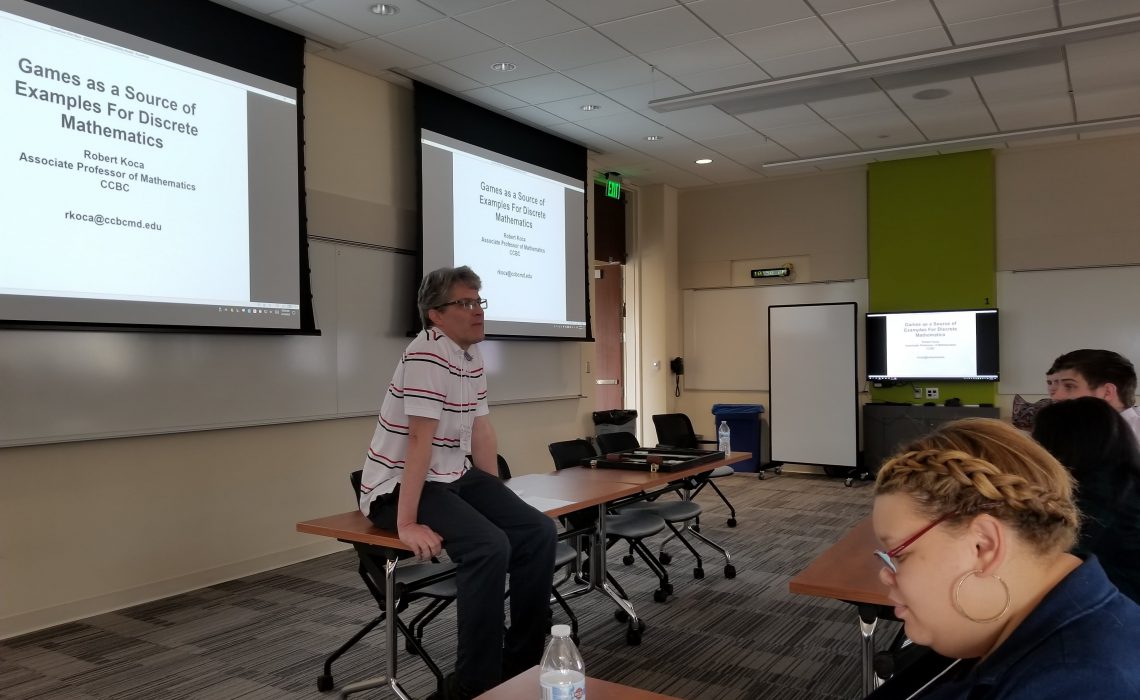
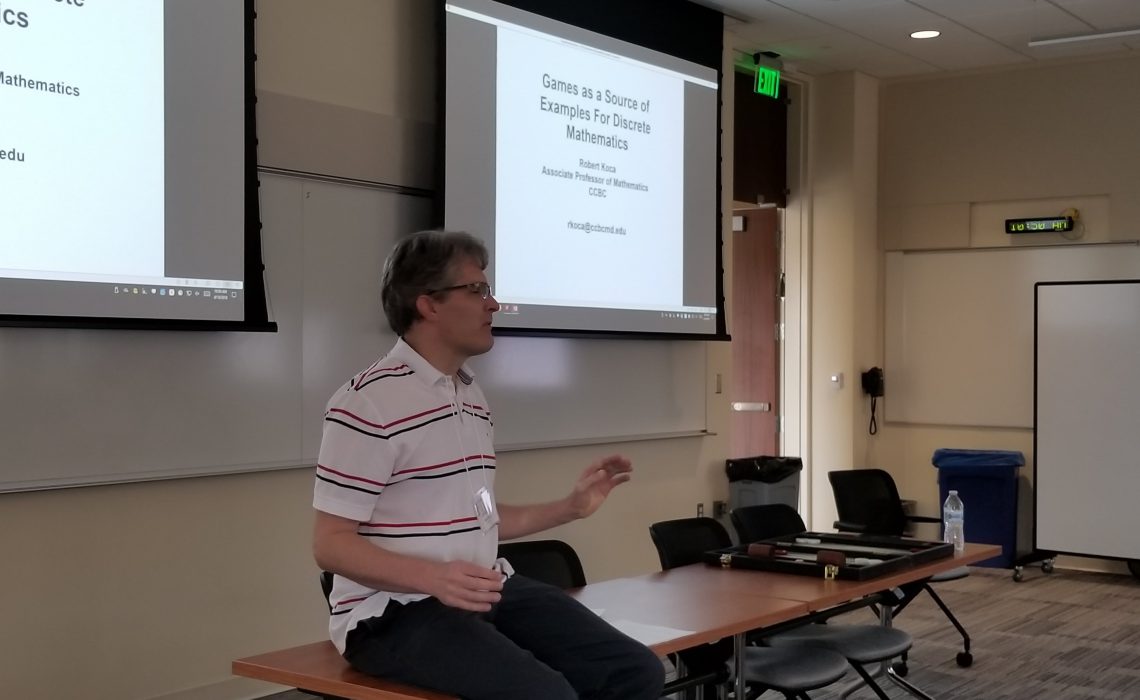
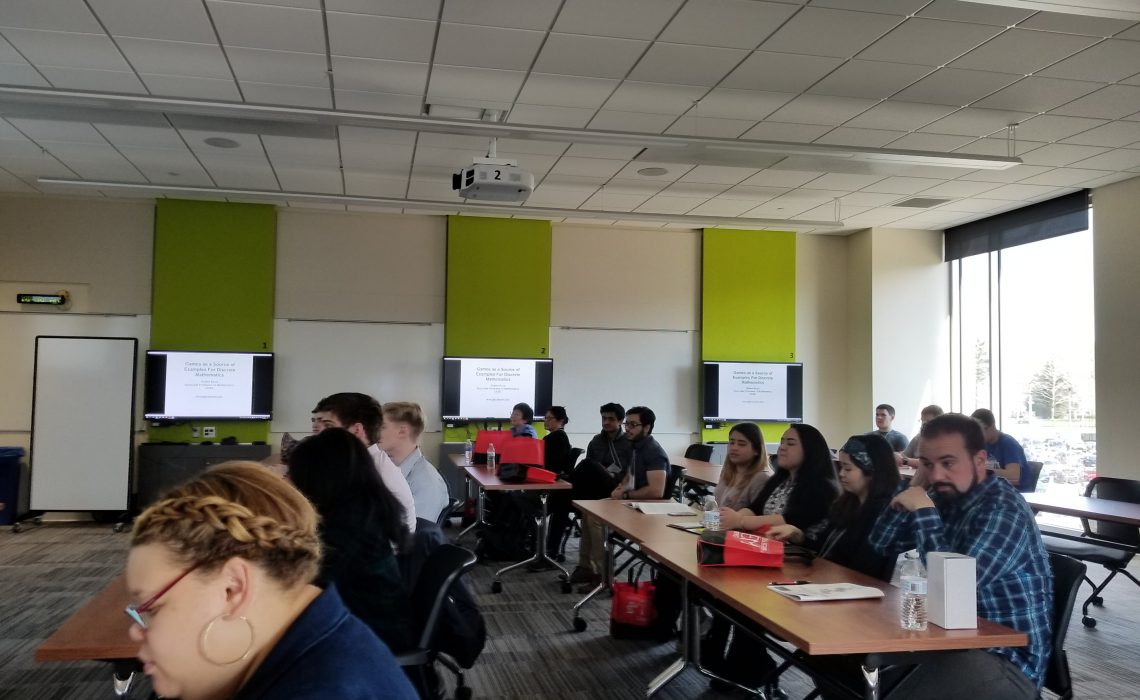
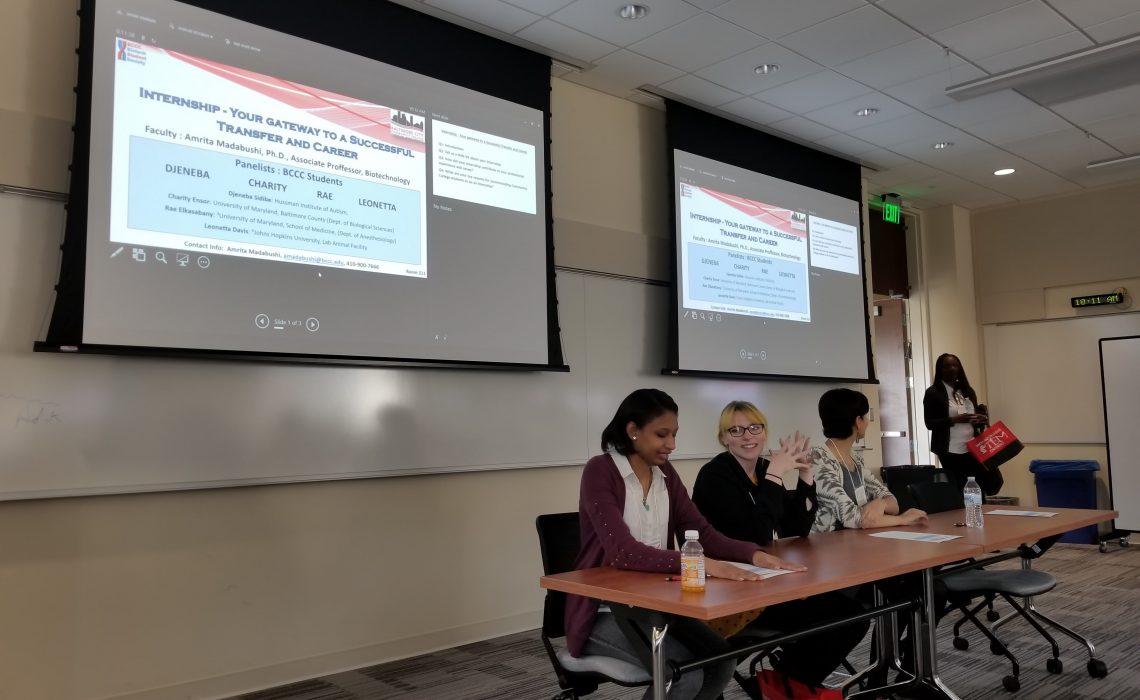
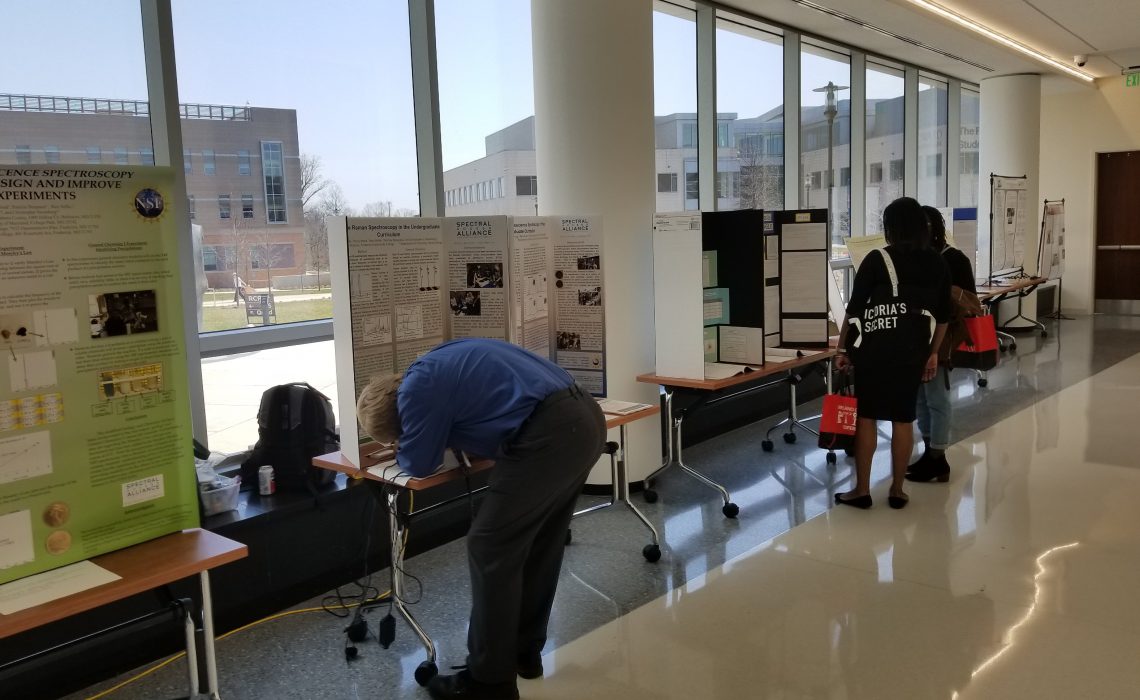
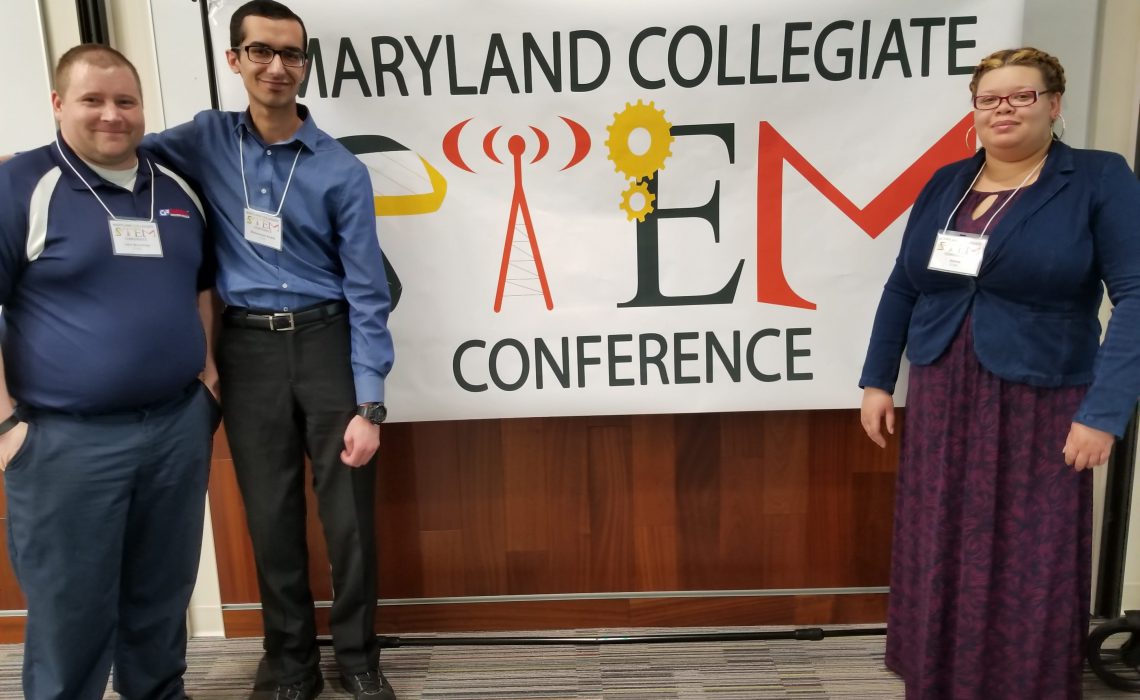
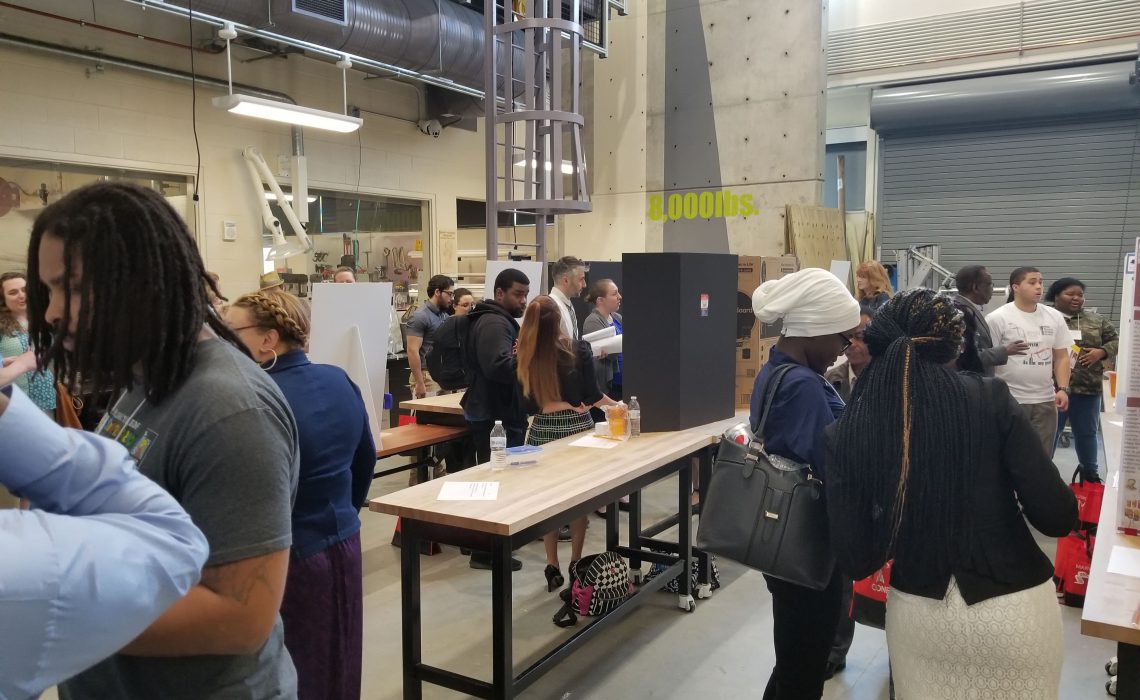
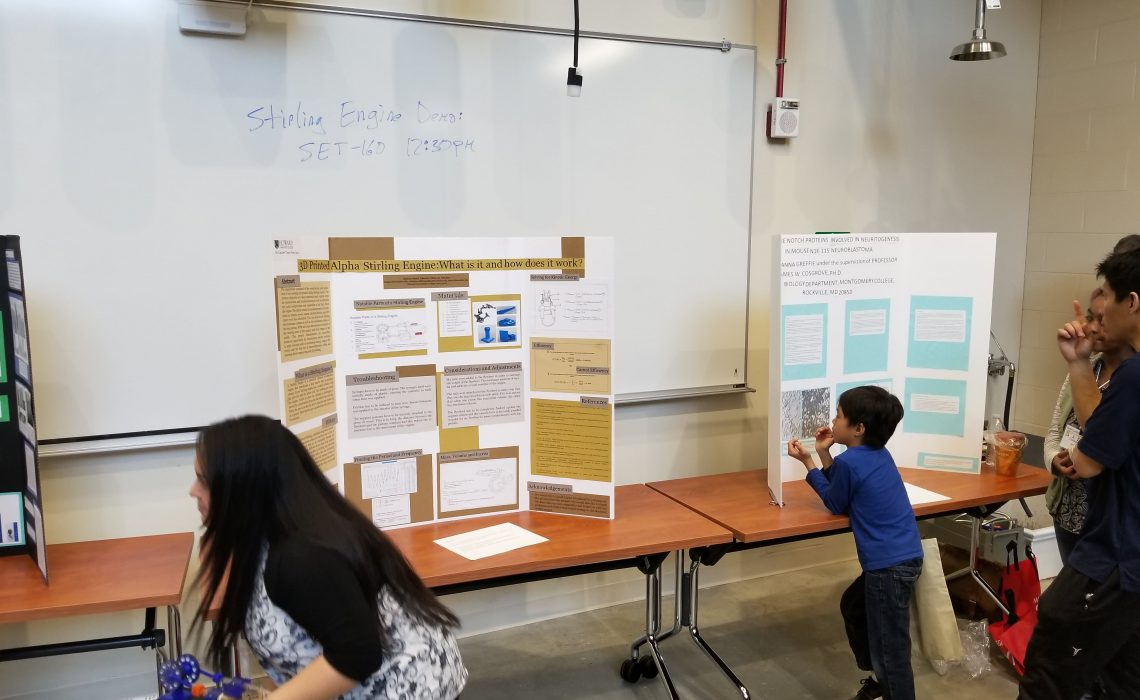
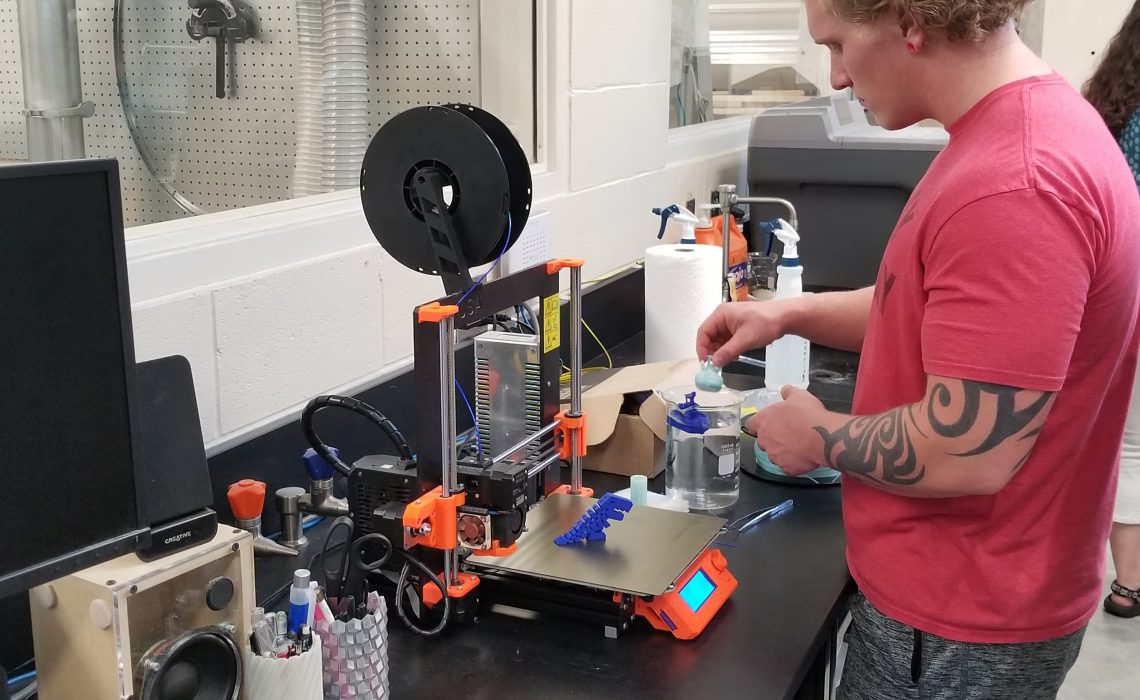
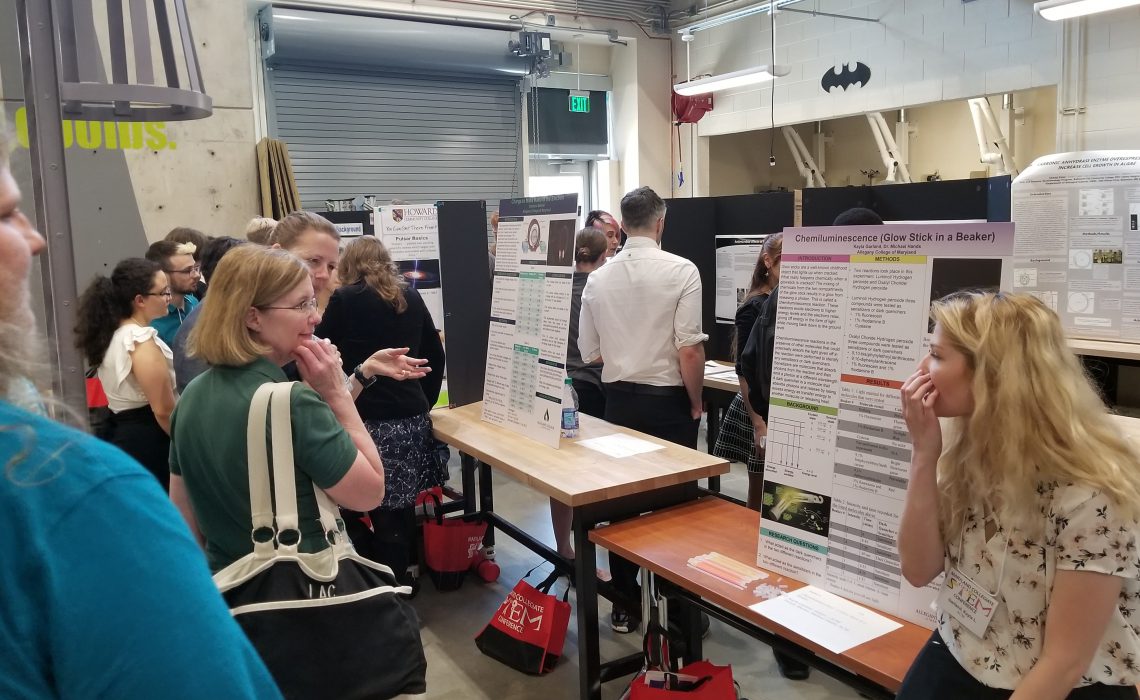
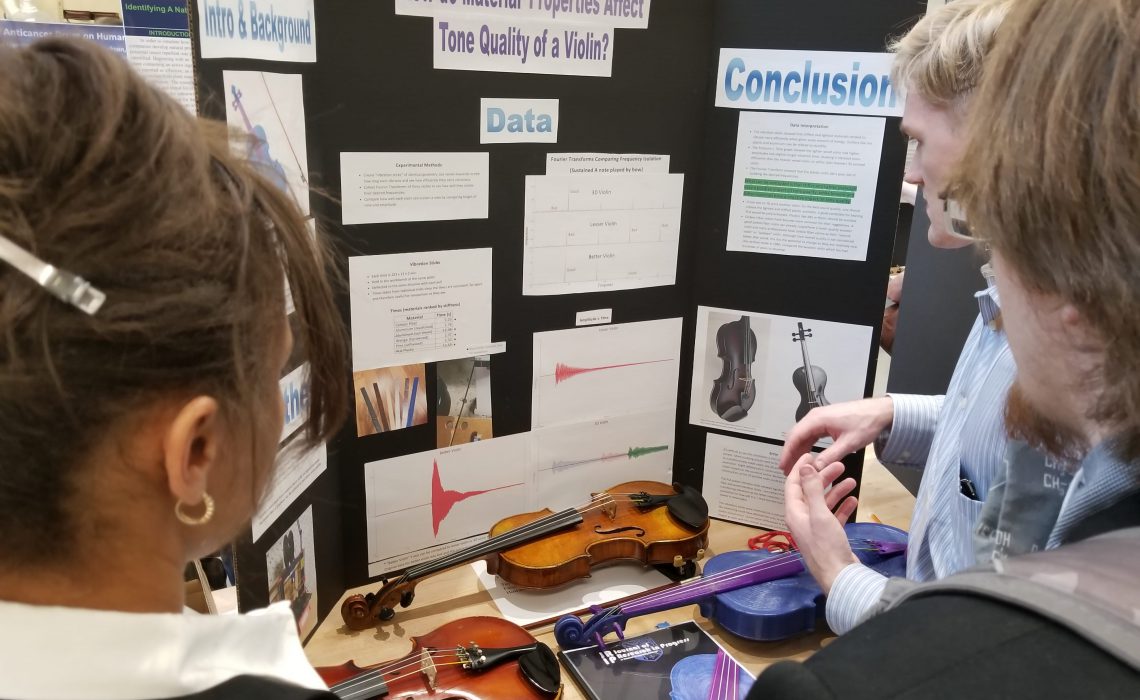
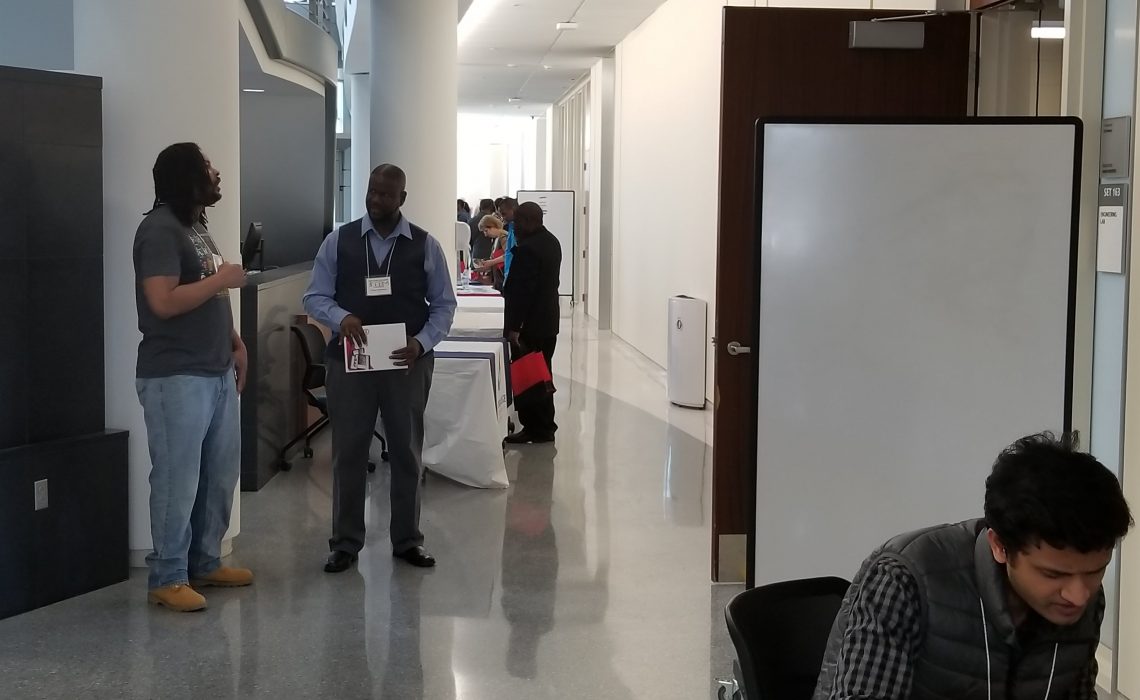
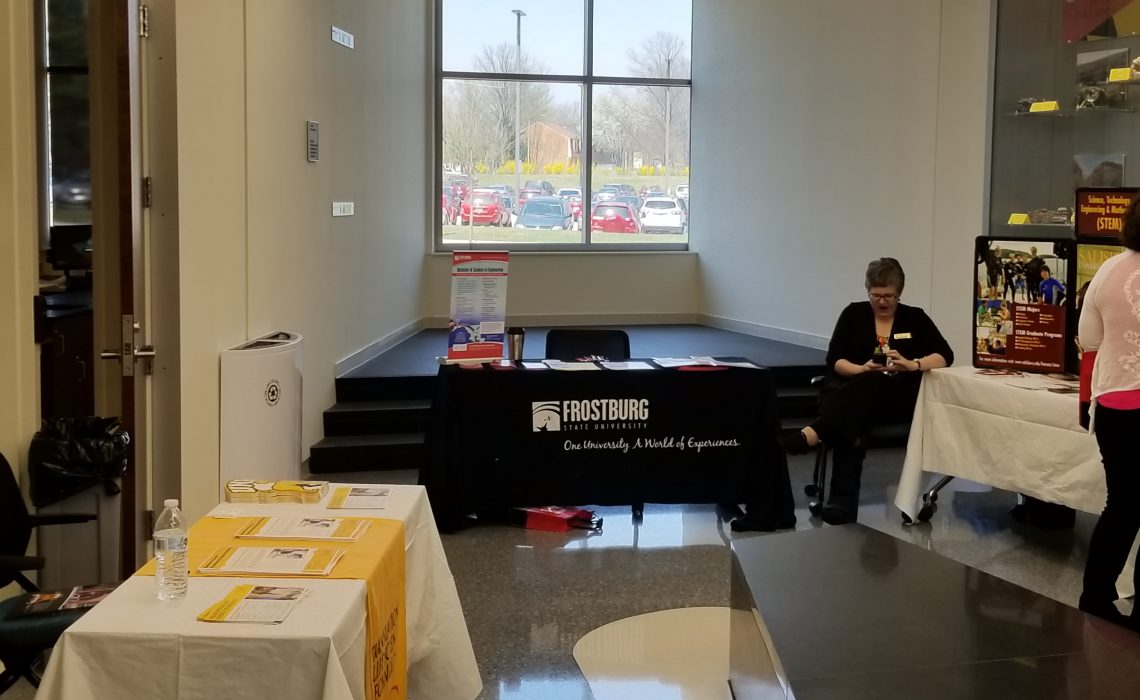
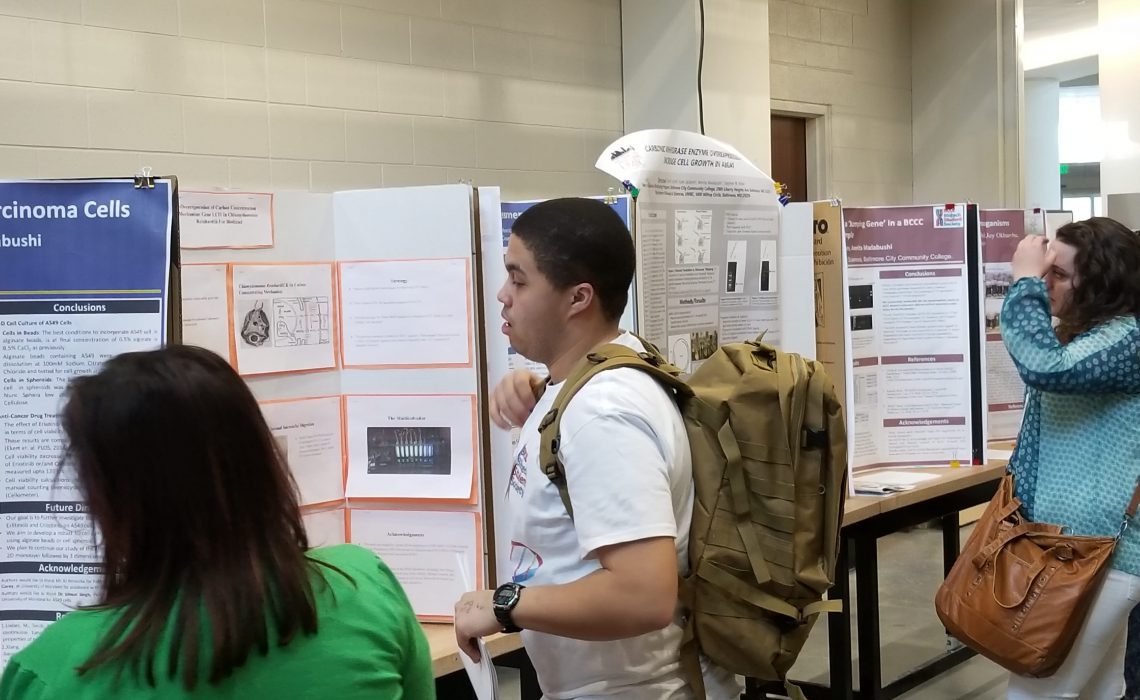
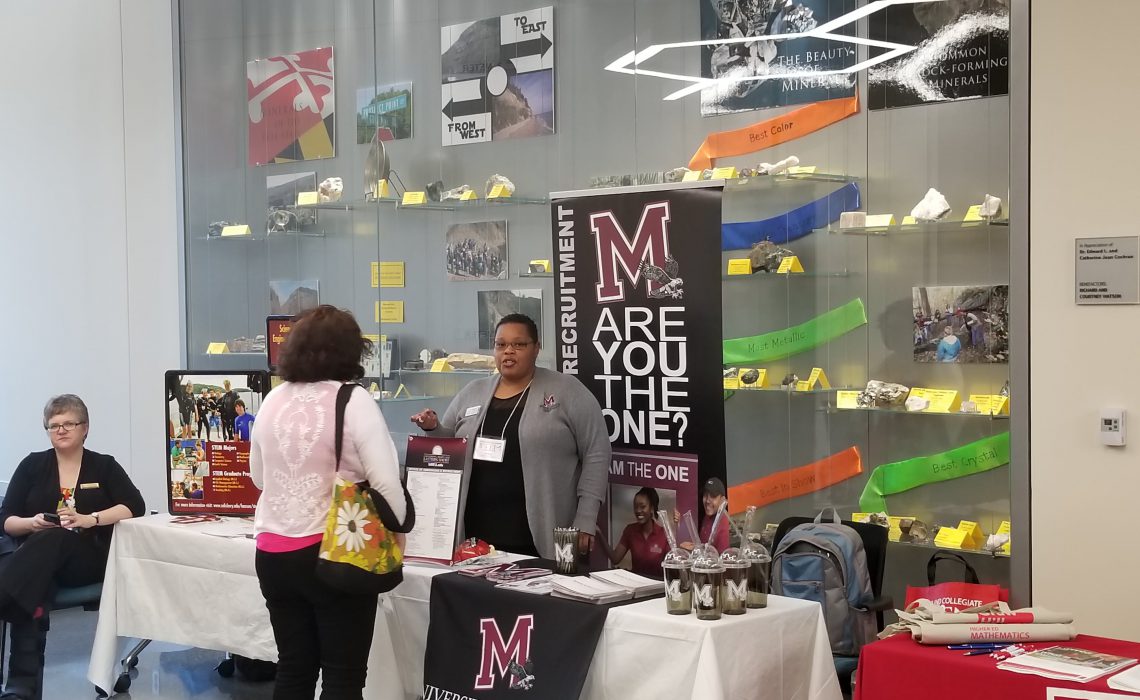
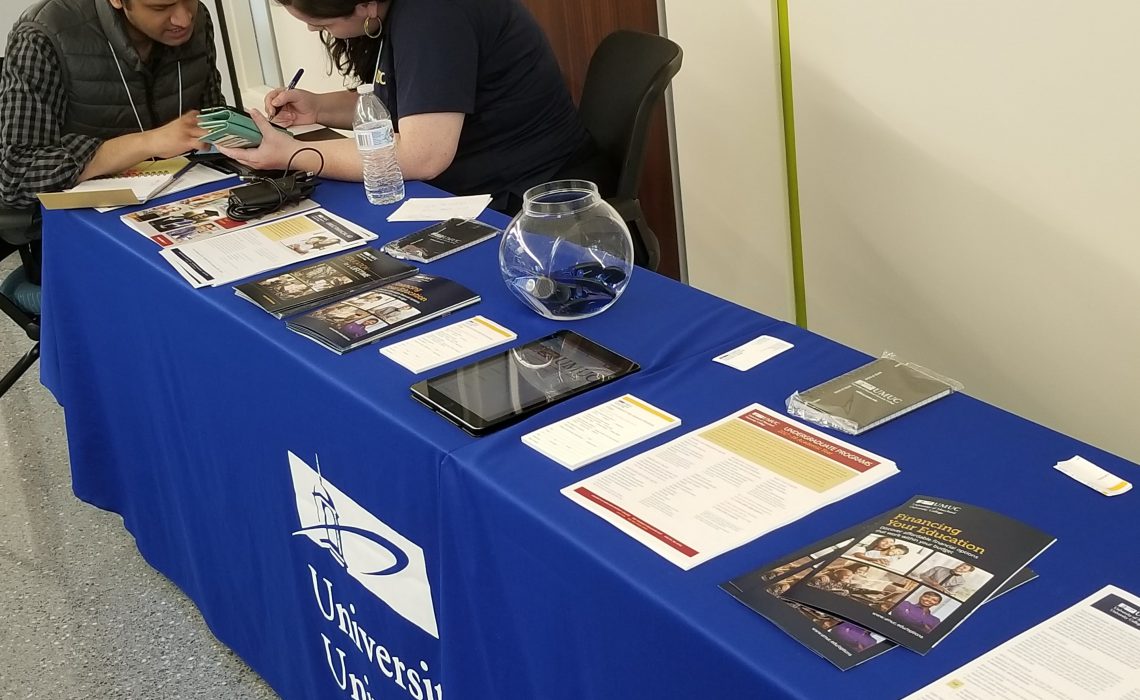
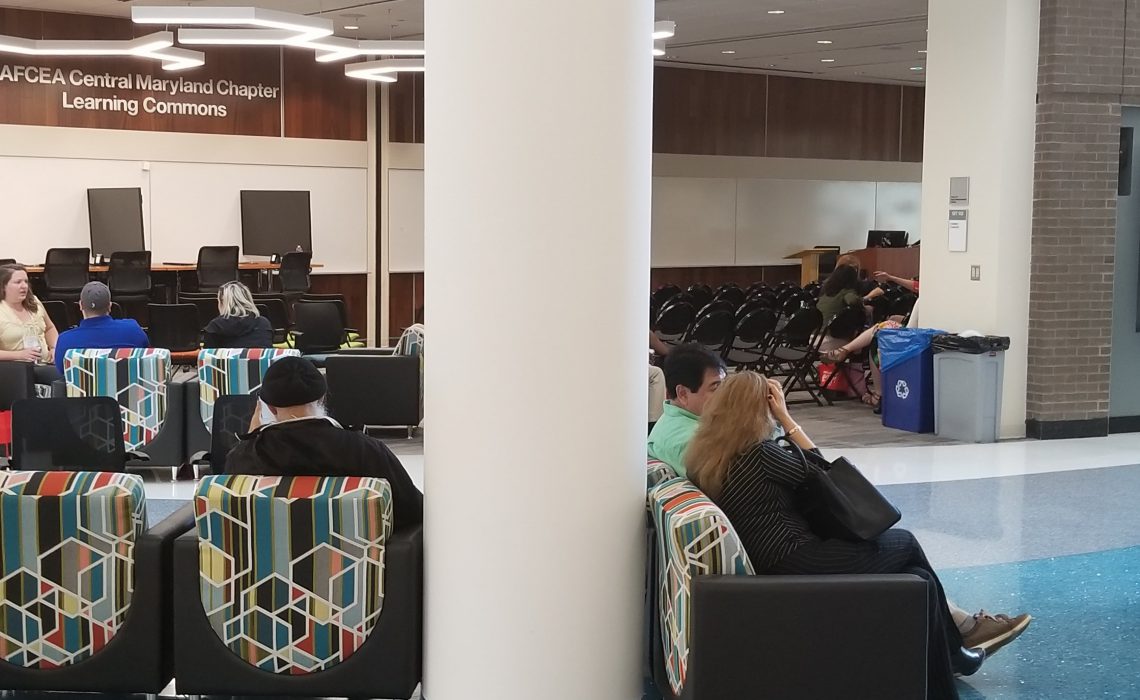
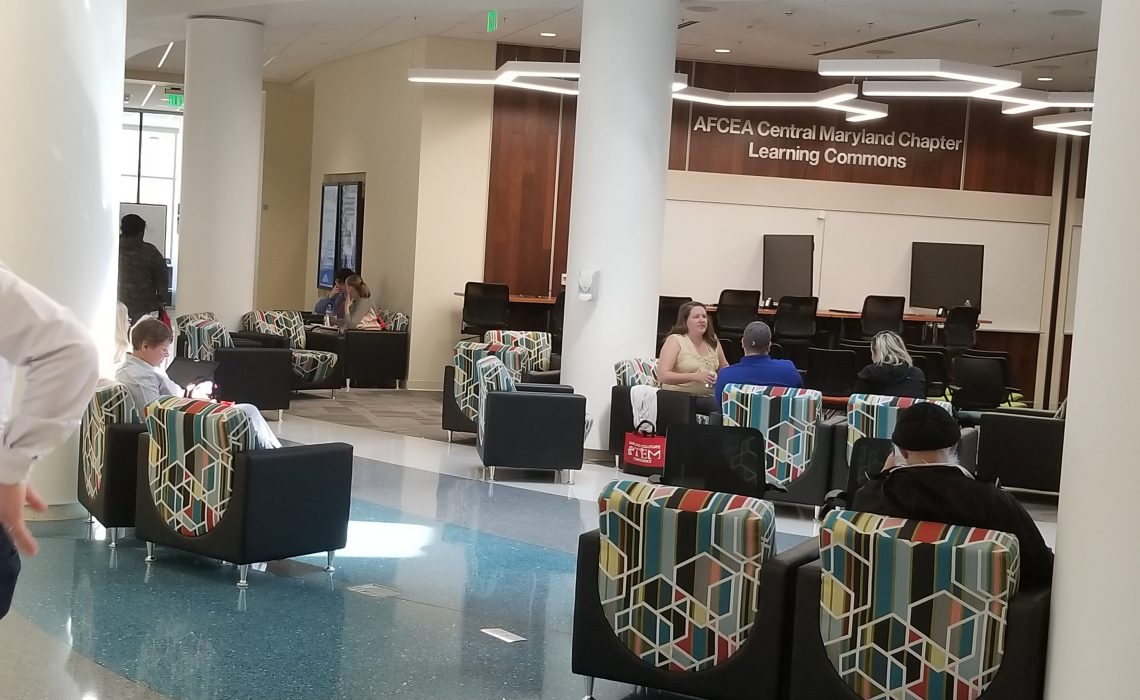
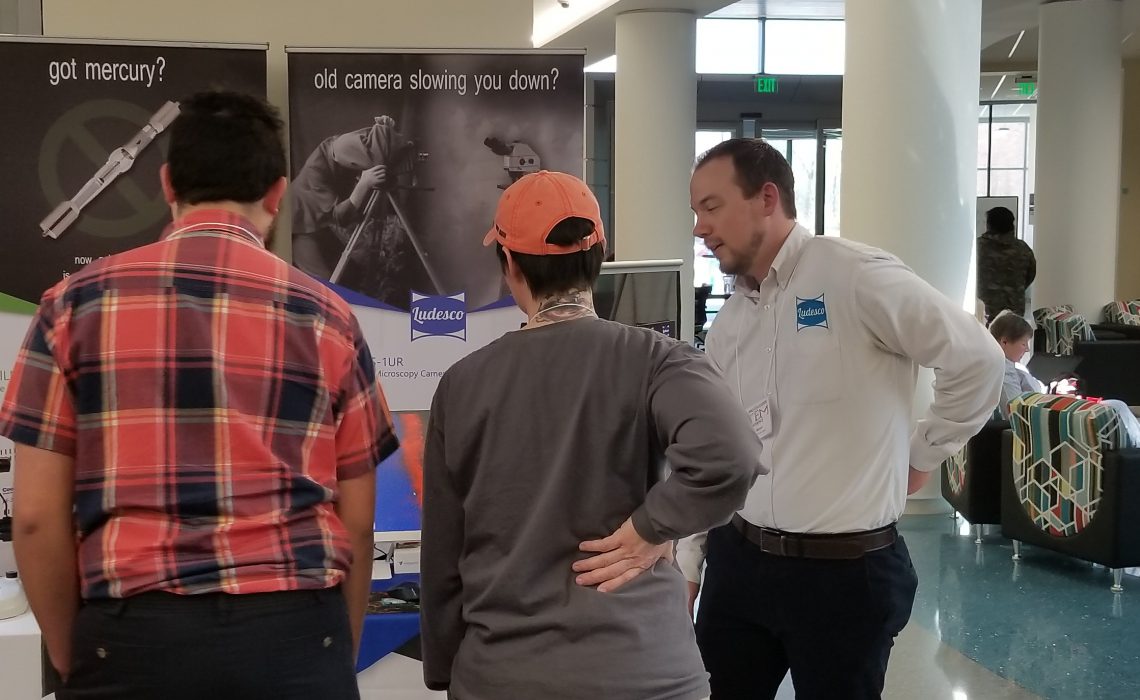
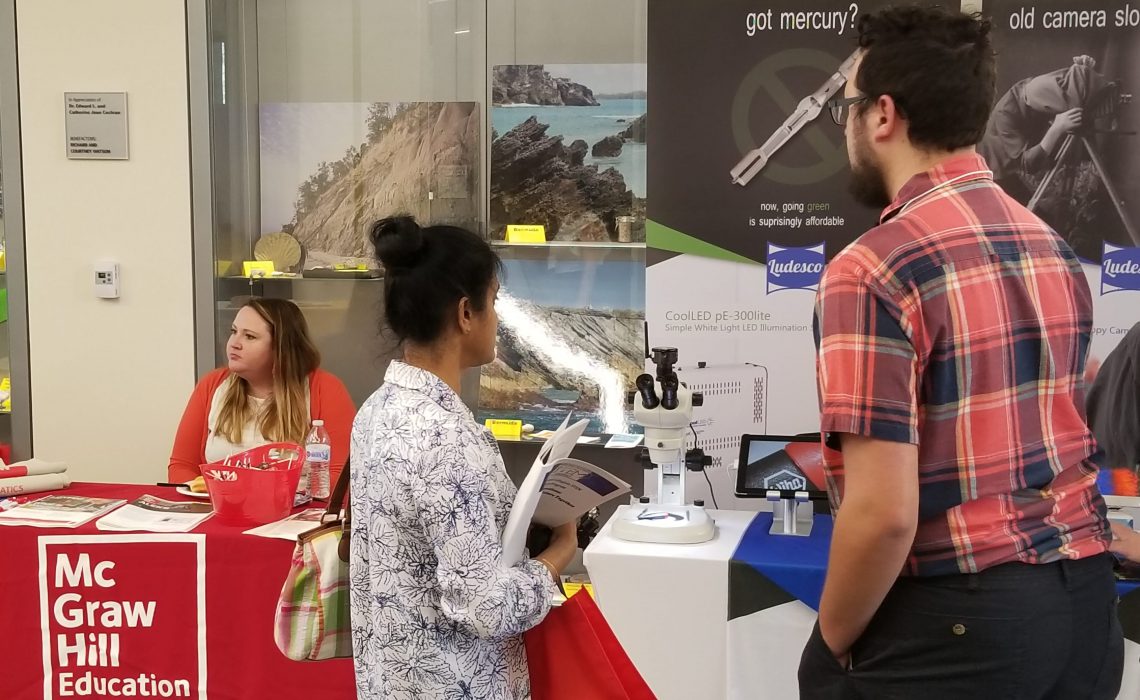
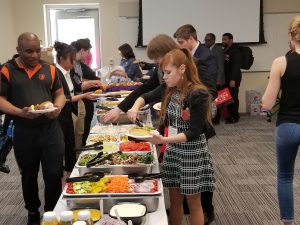
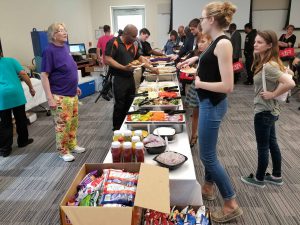
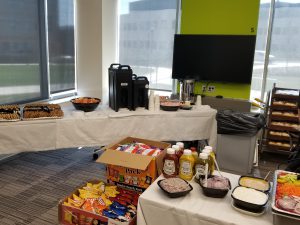
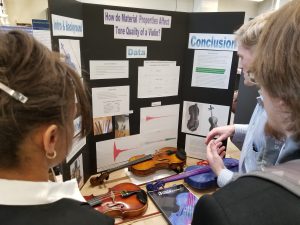
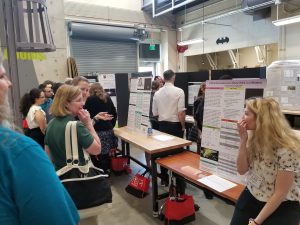
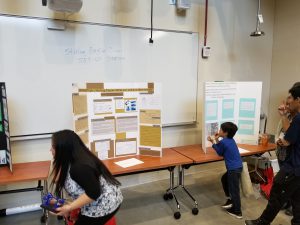




This is a very well written post, my compliments Mohammed!